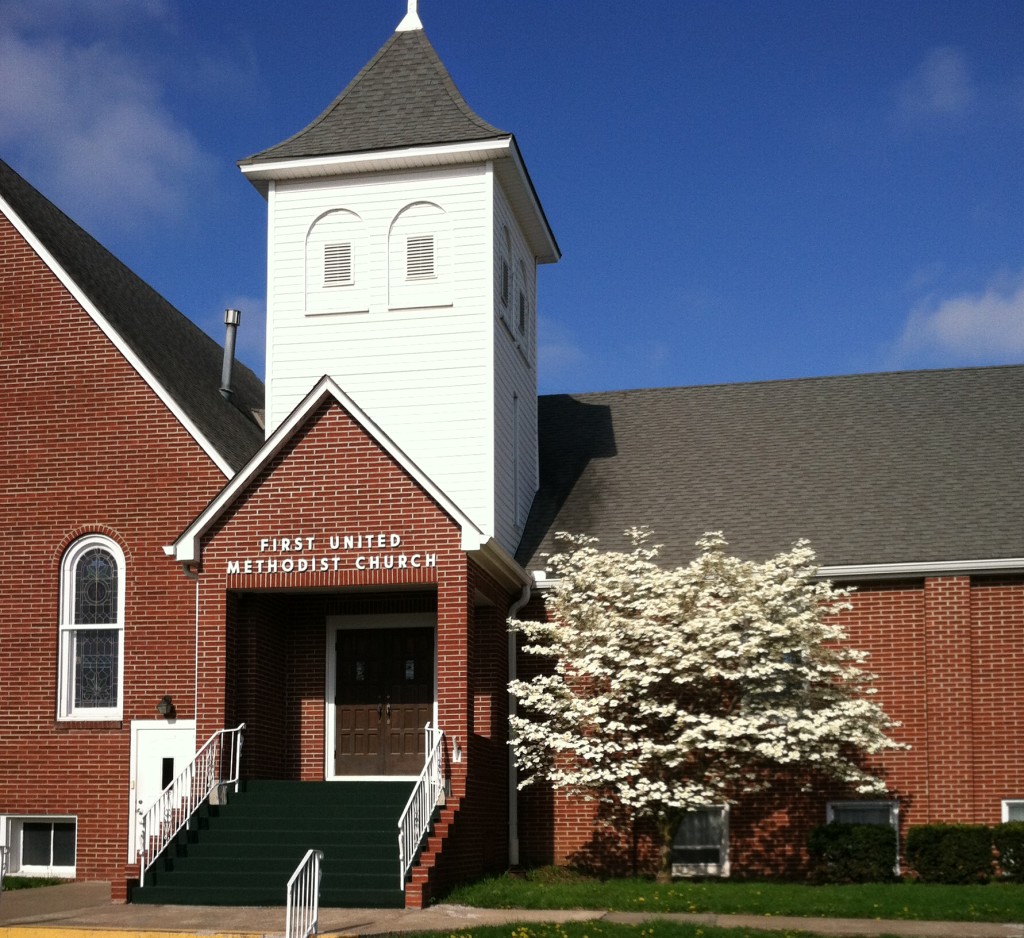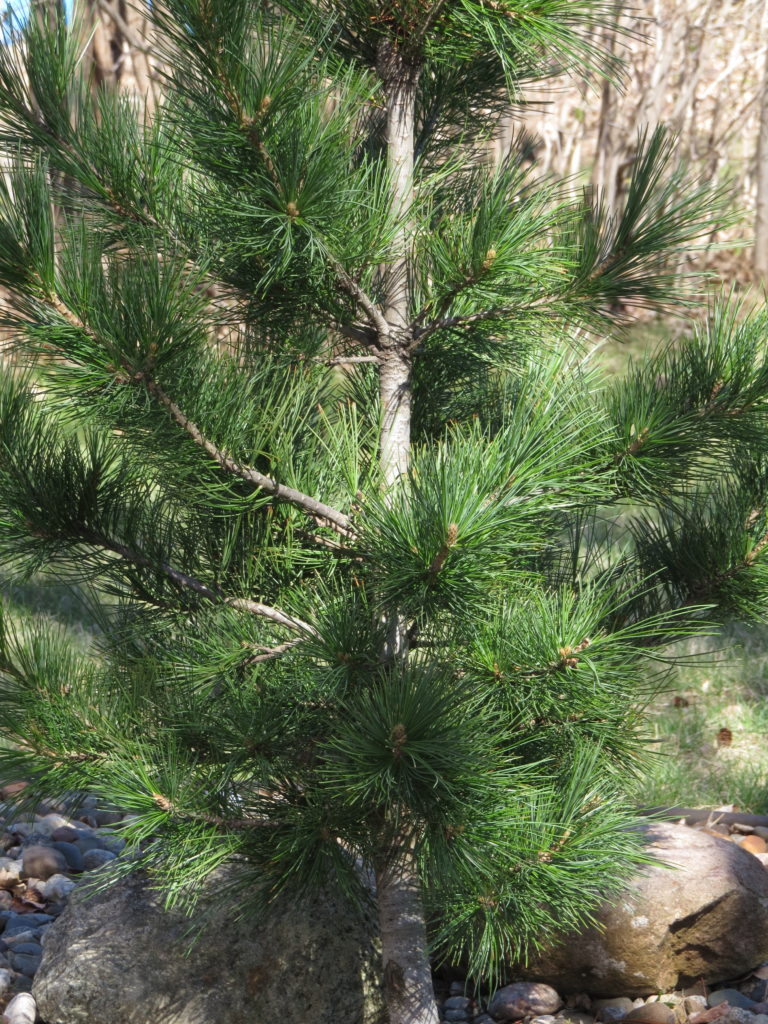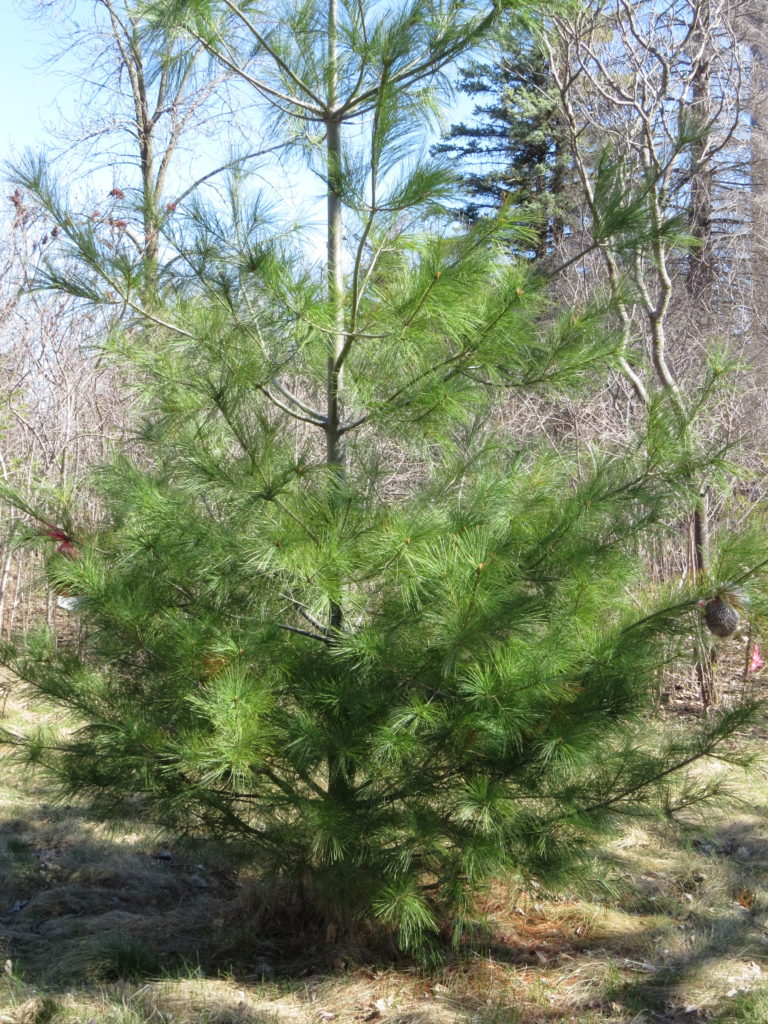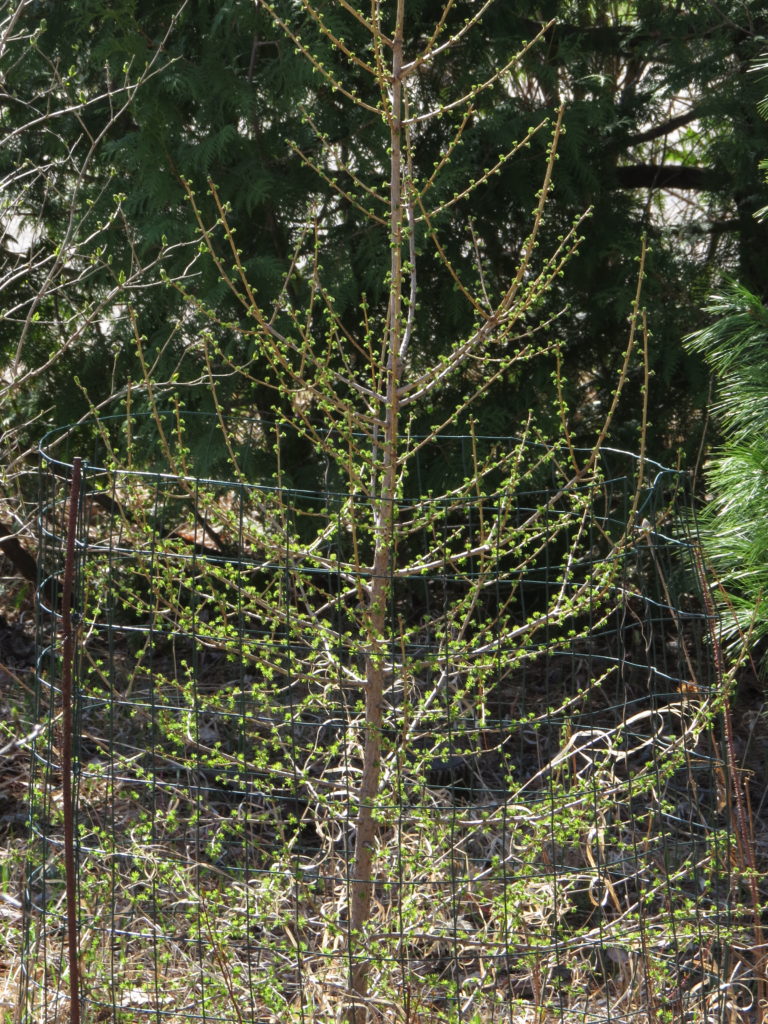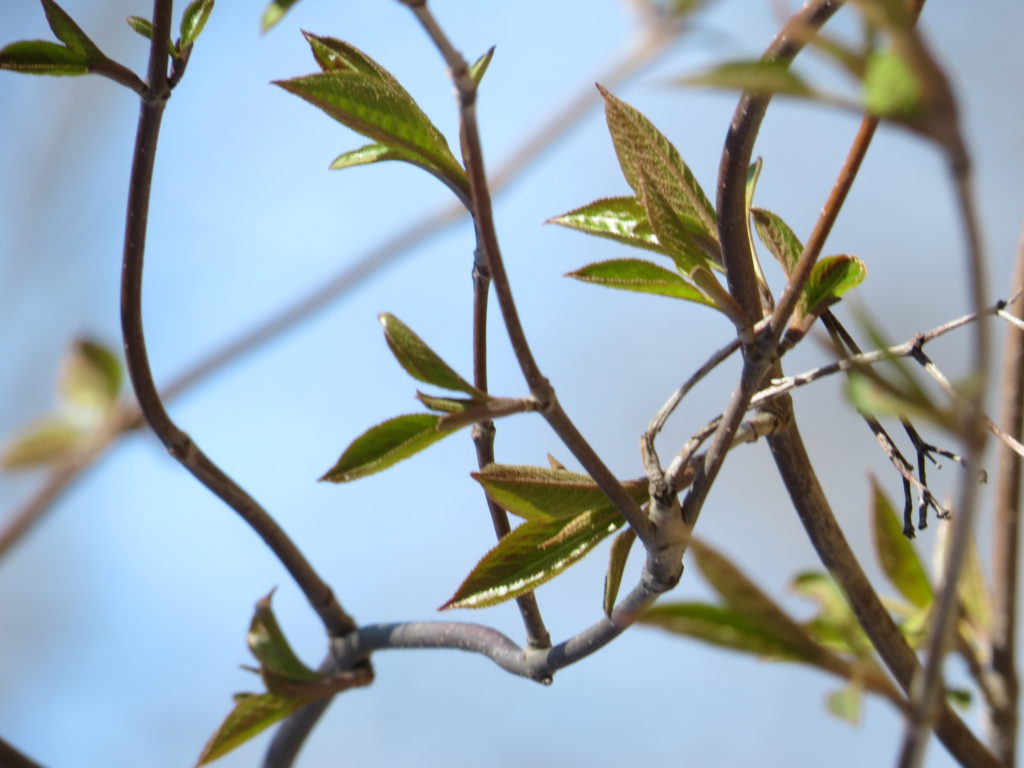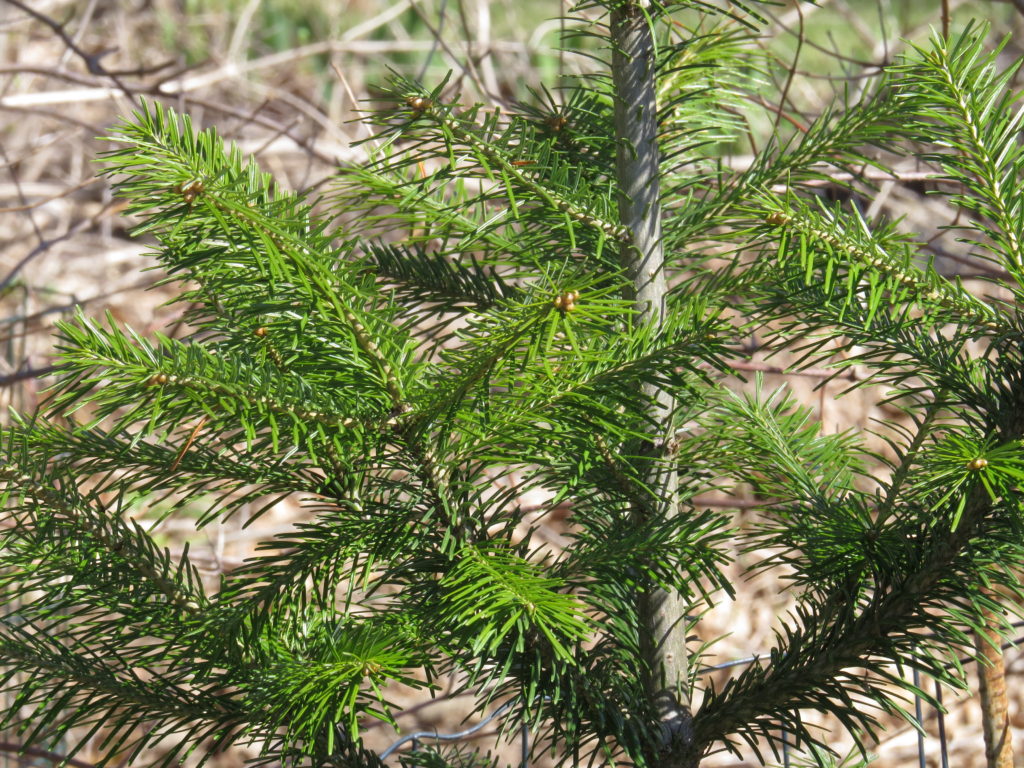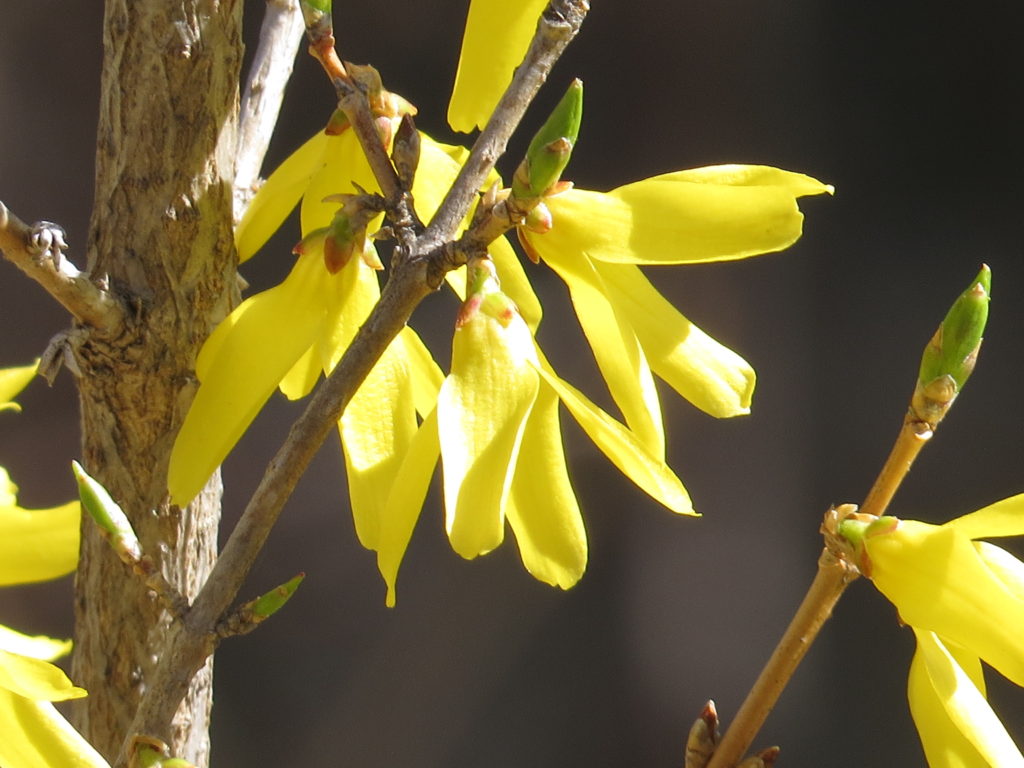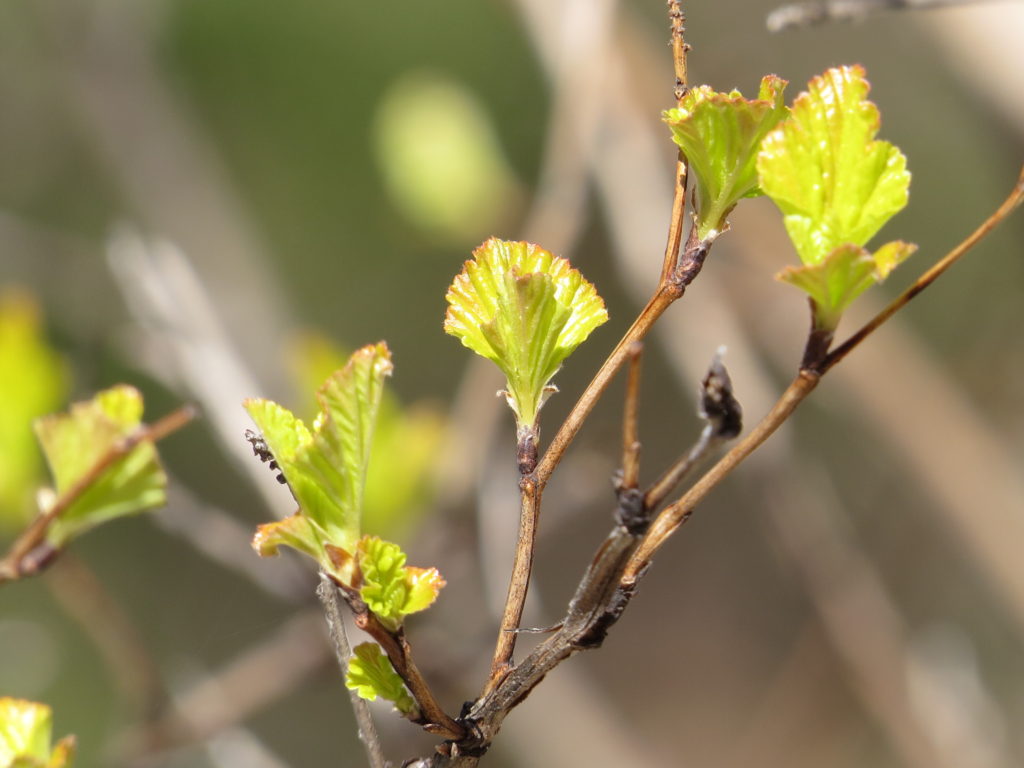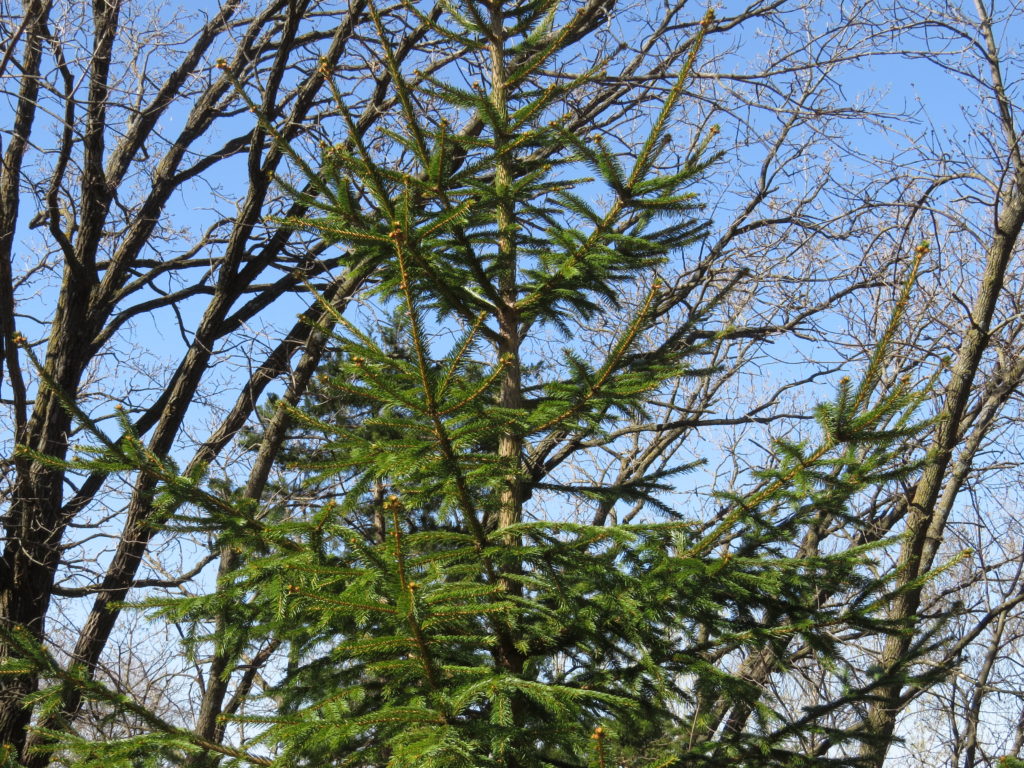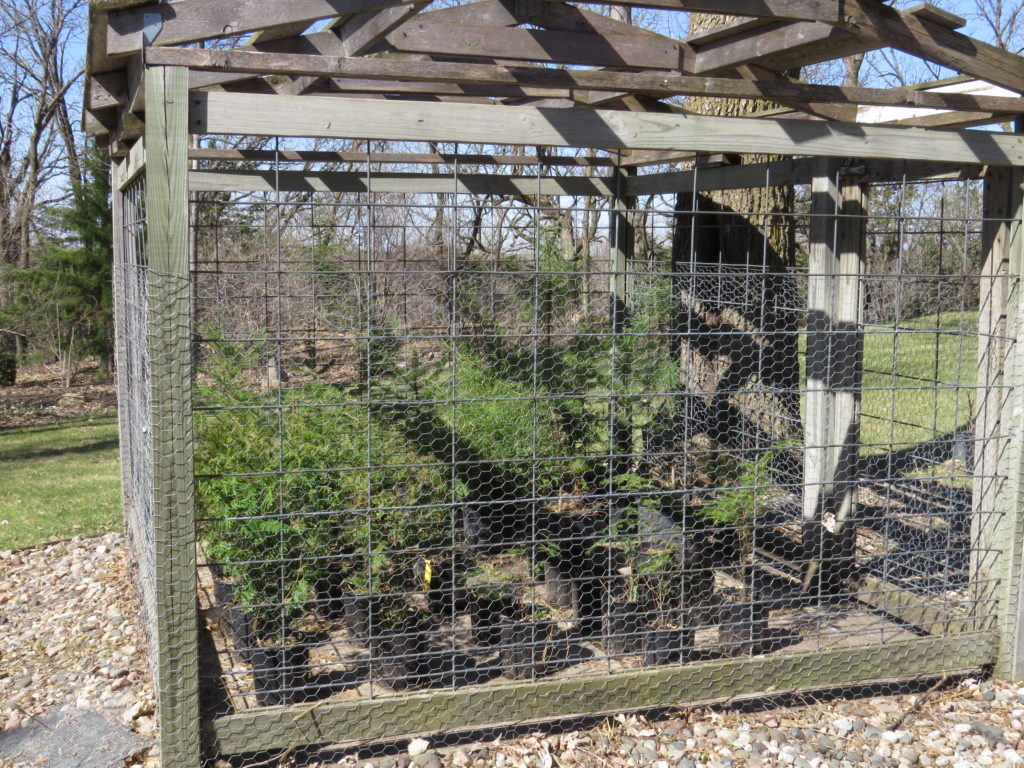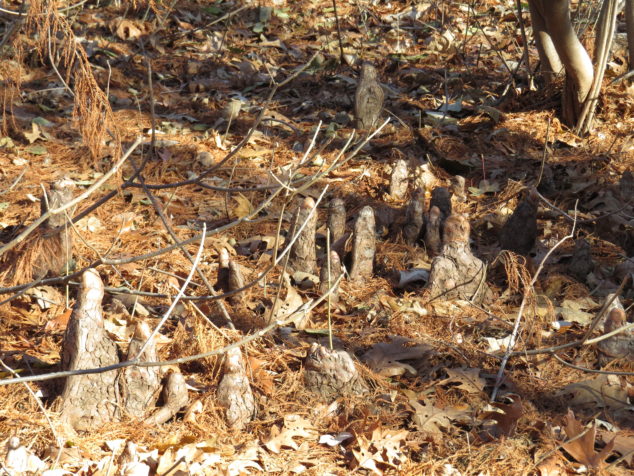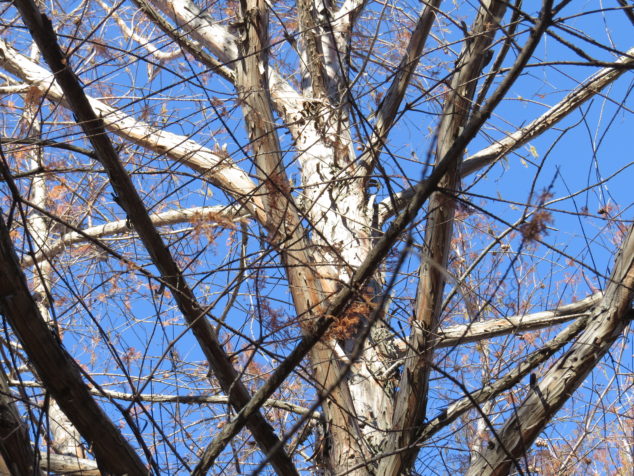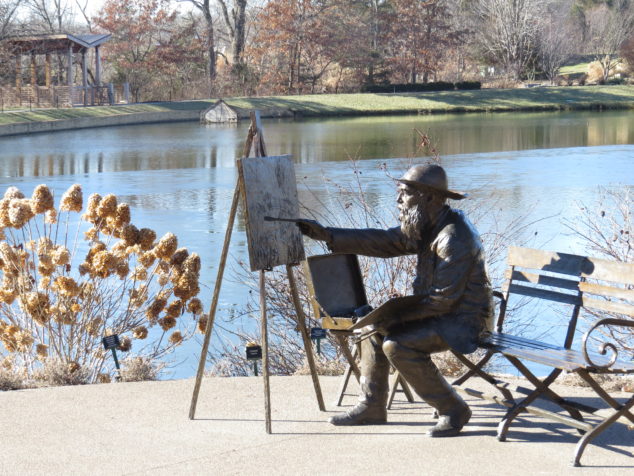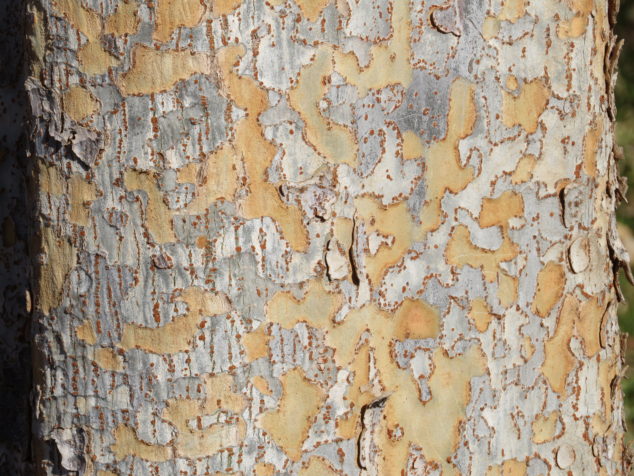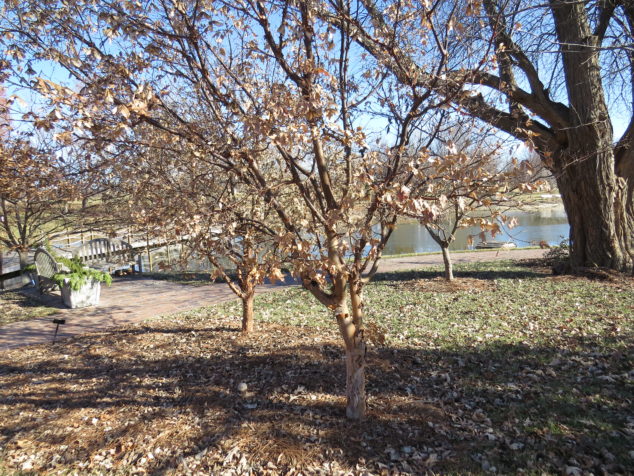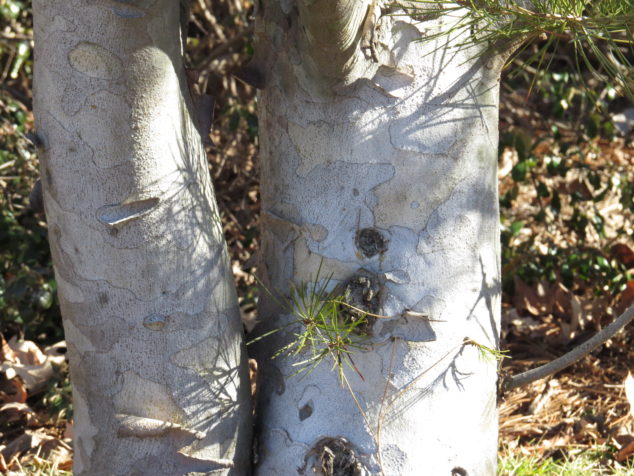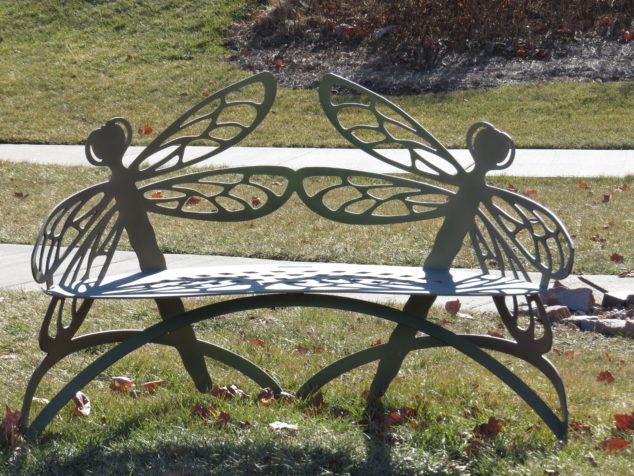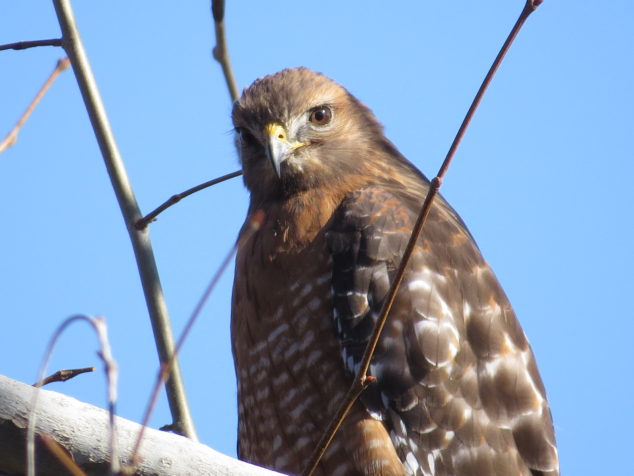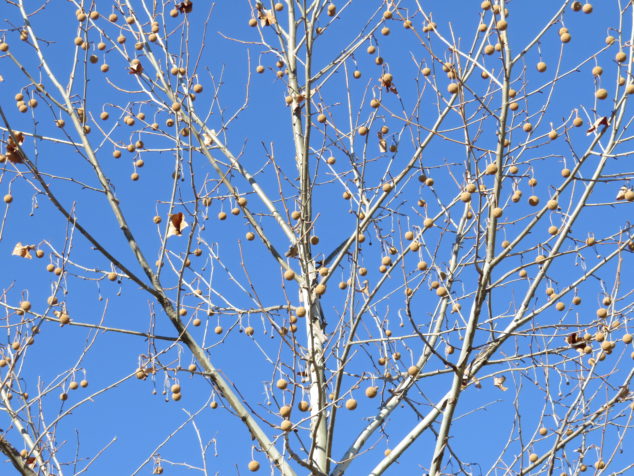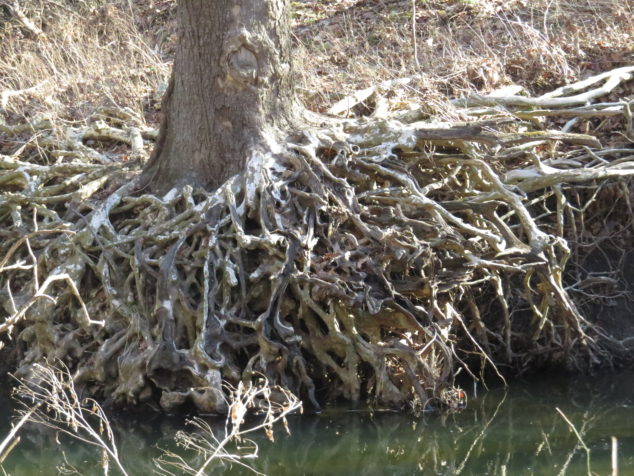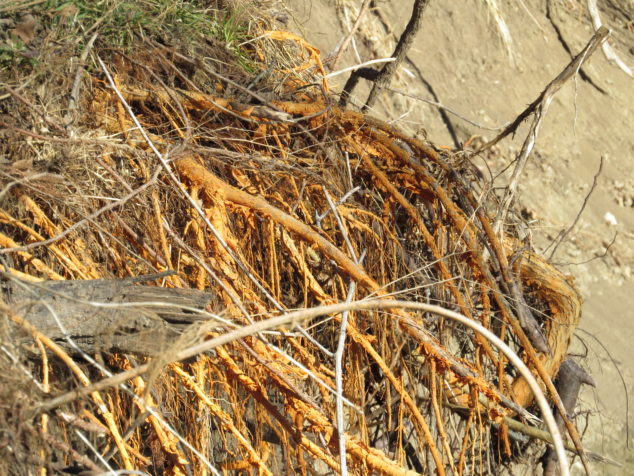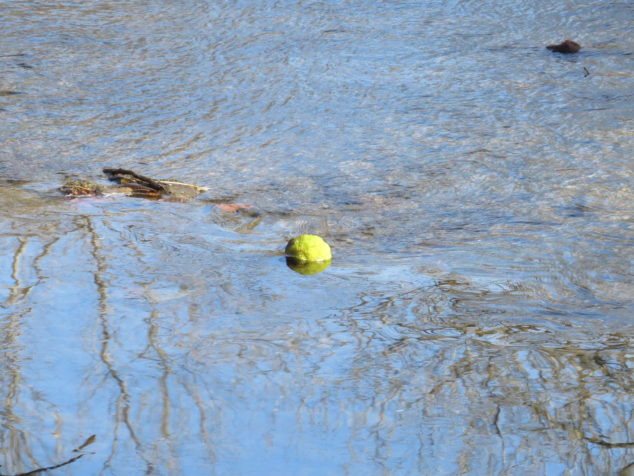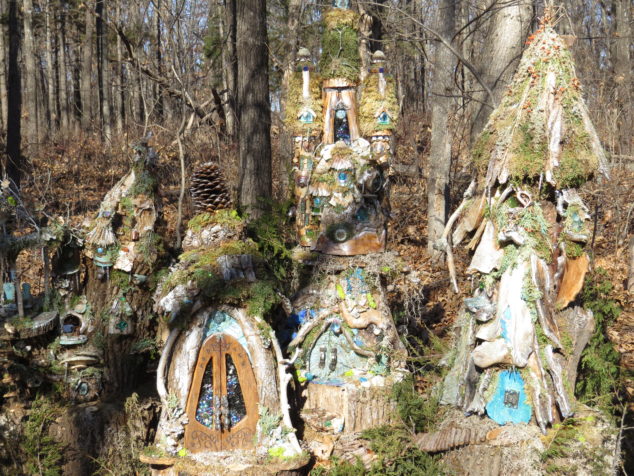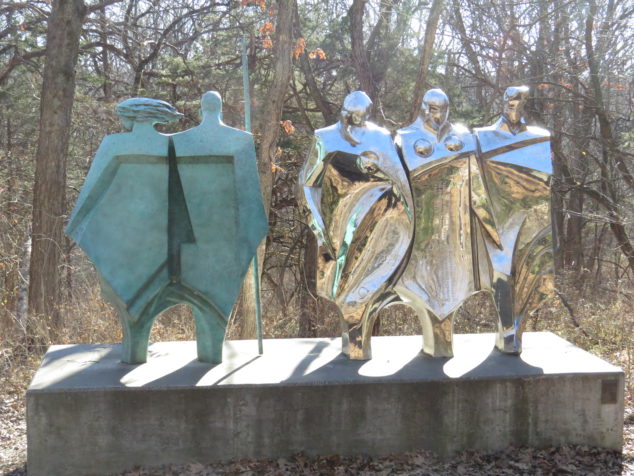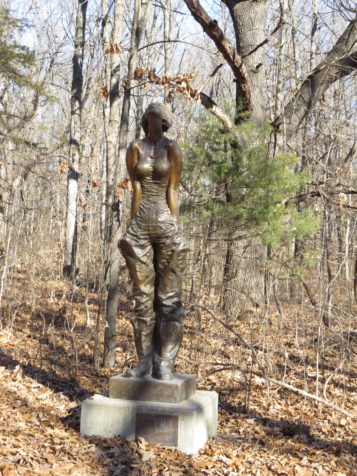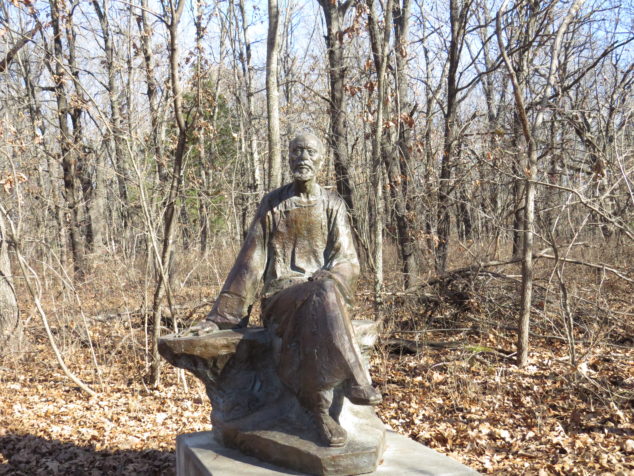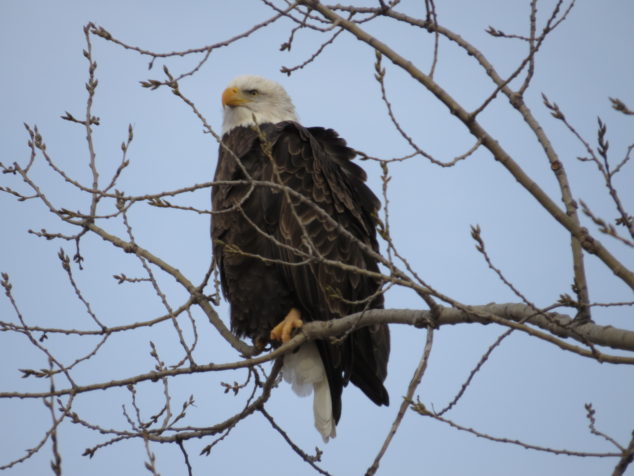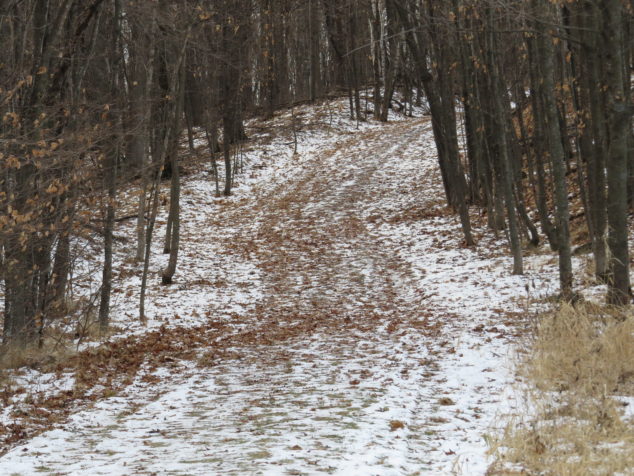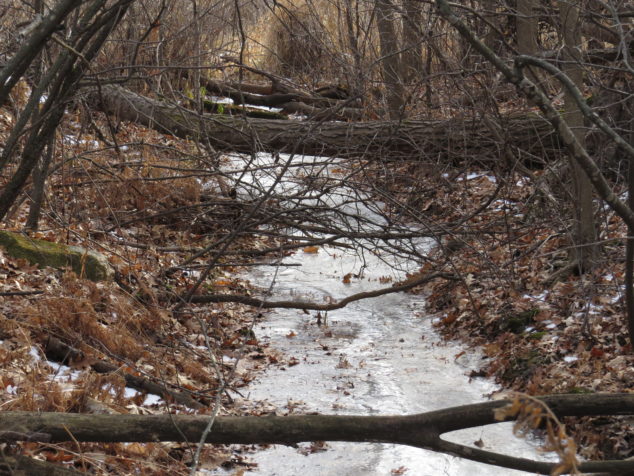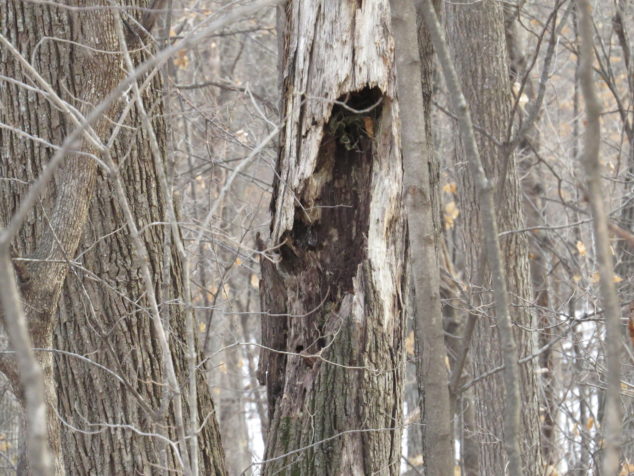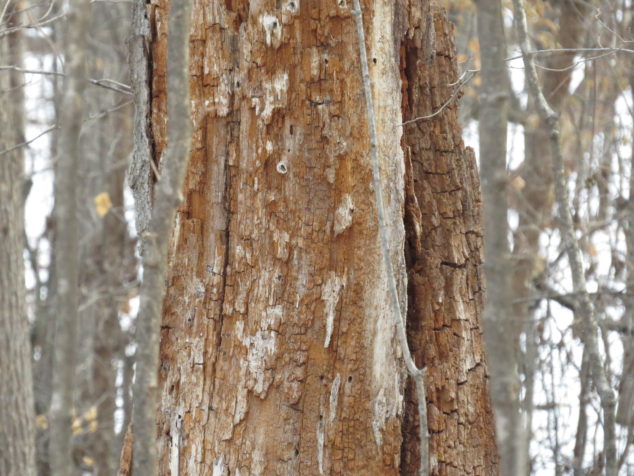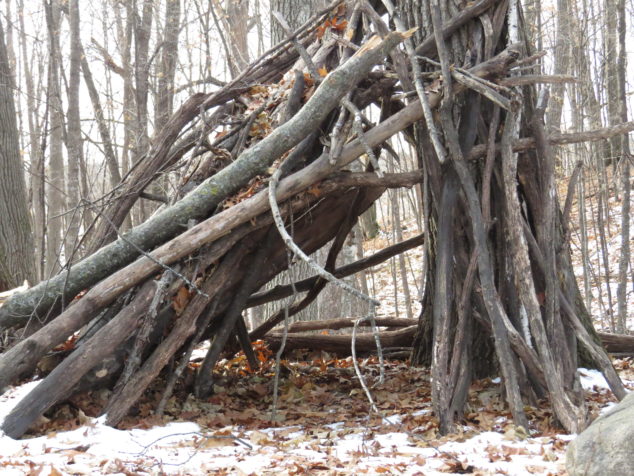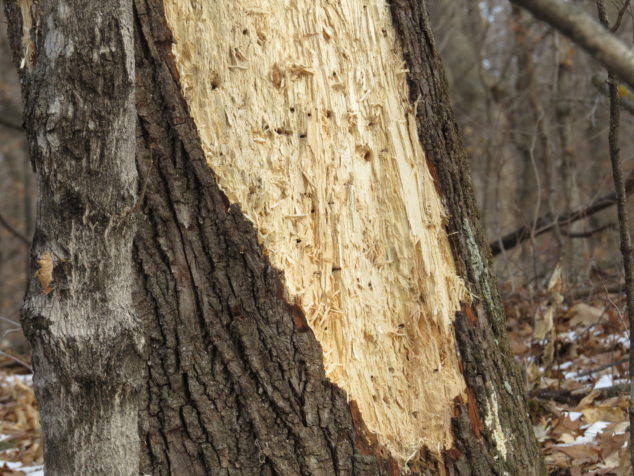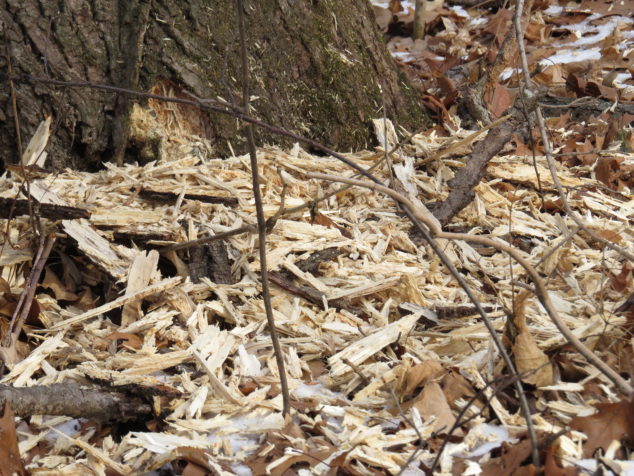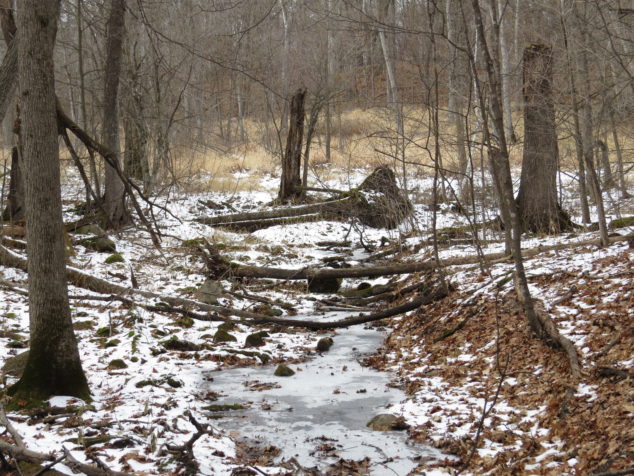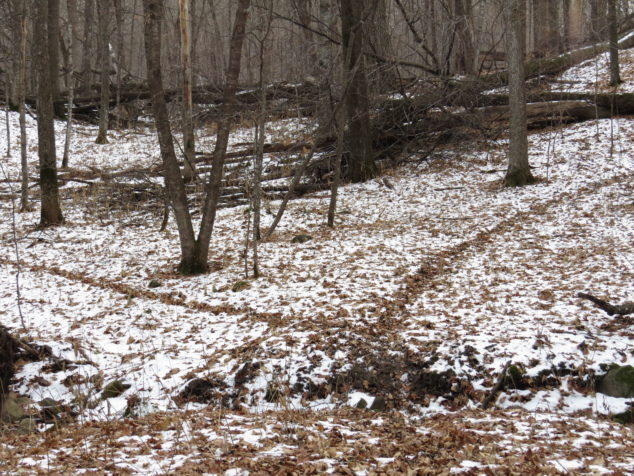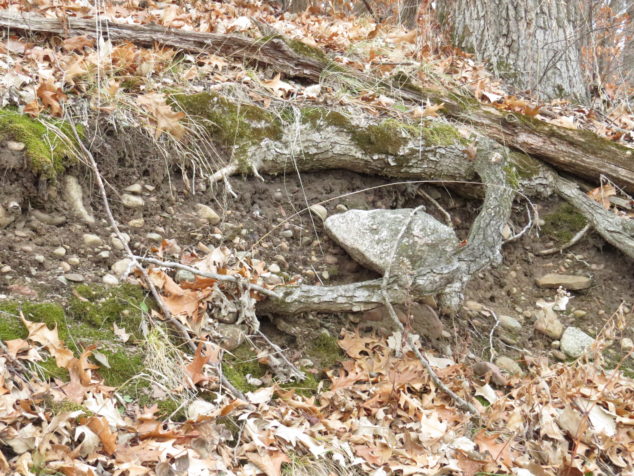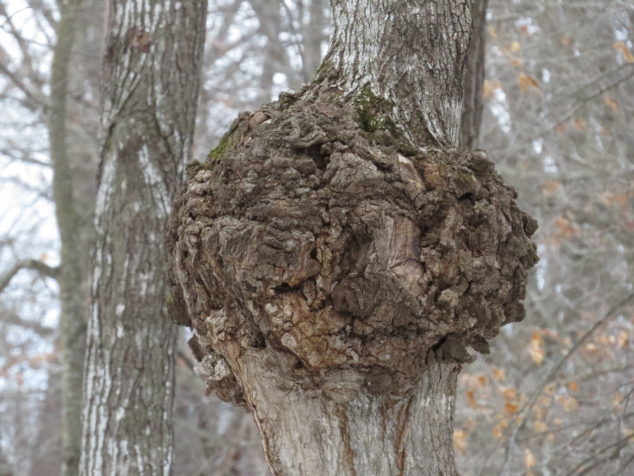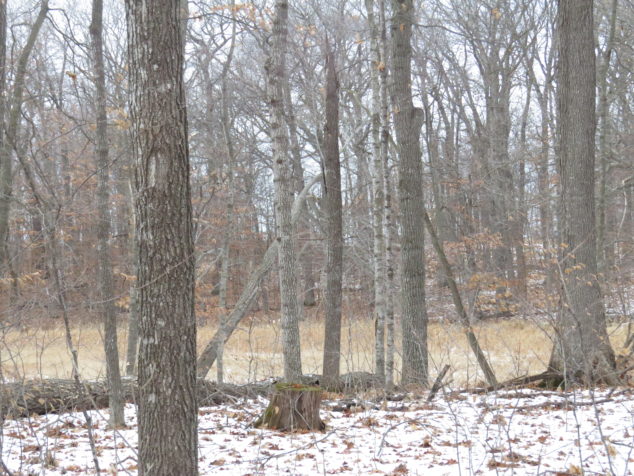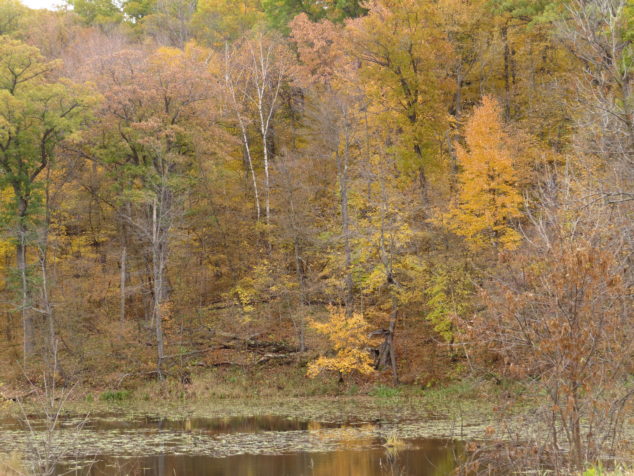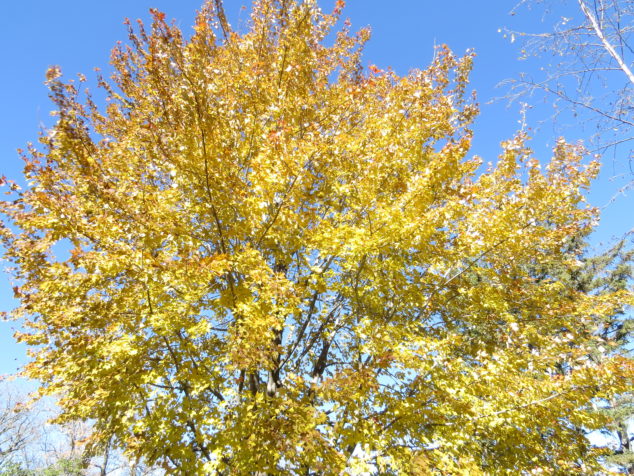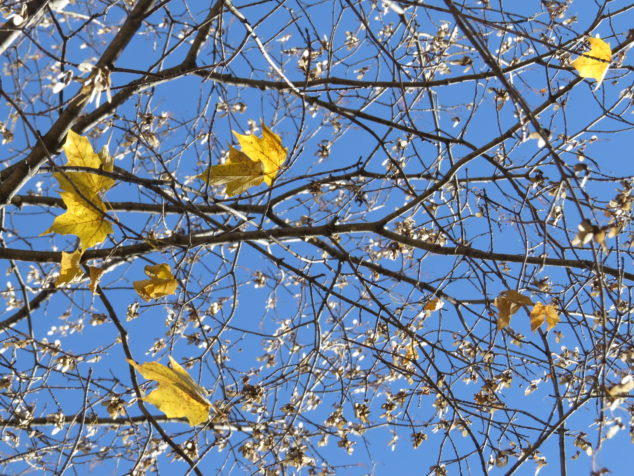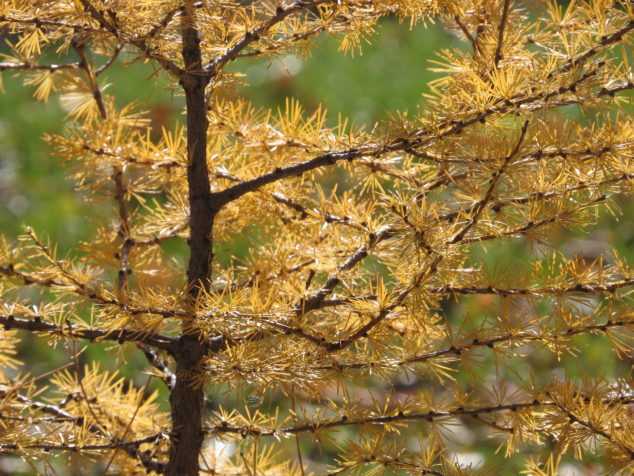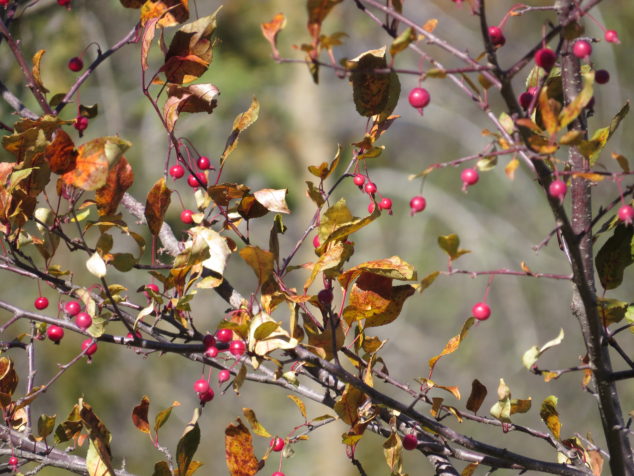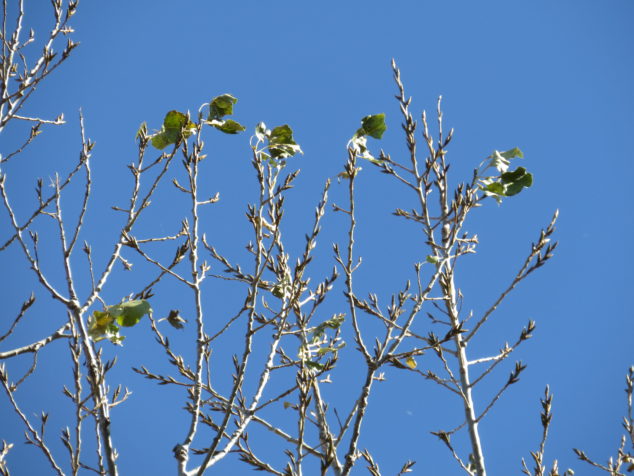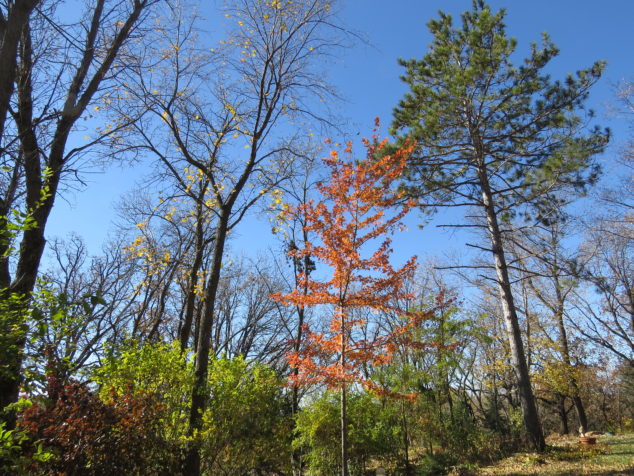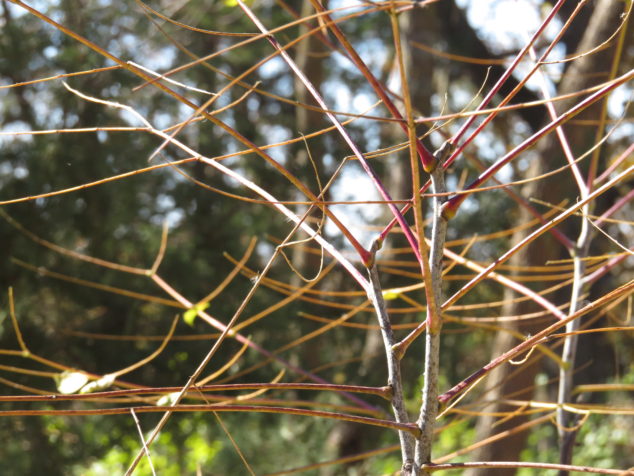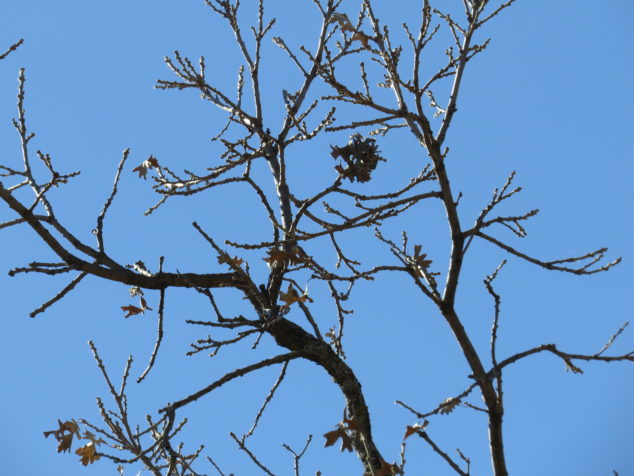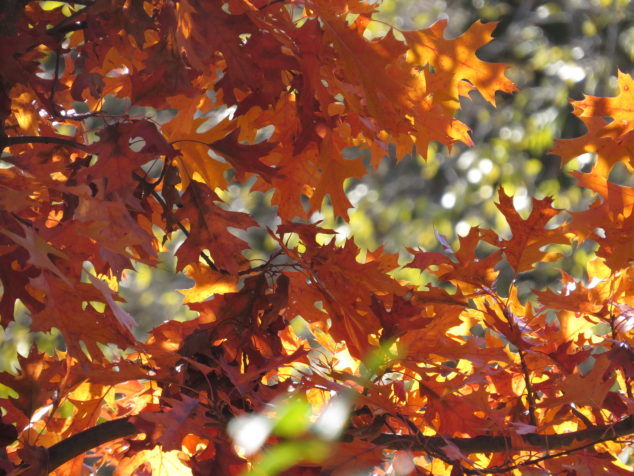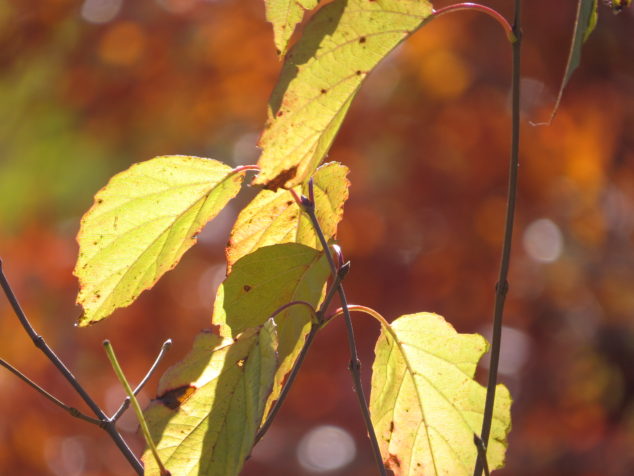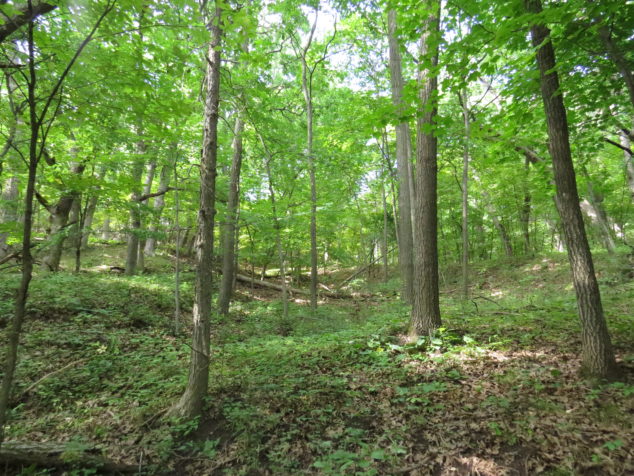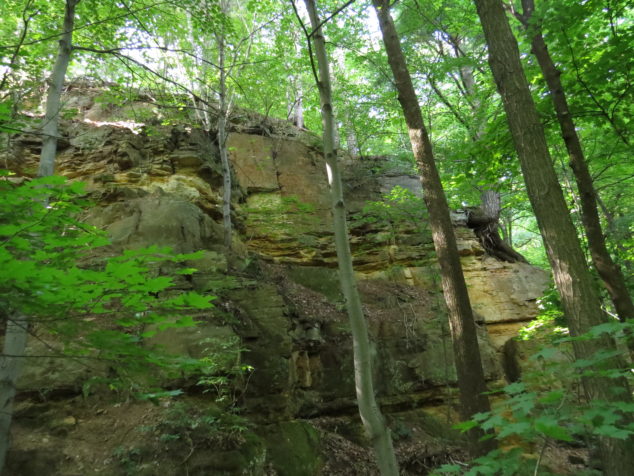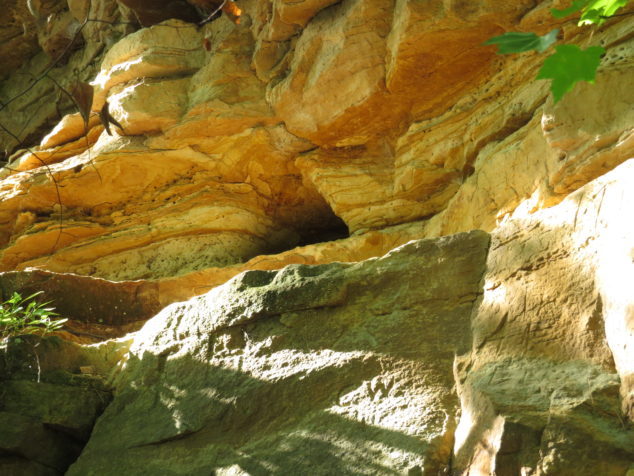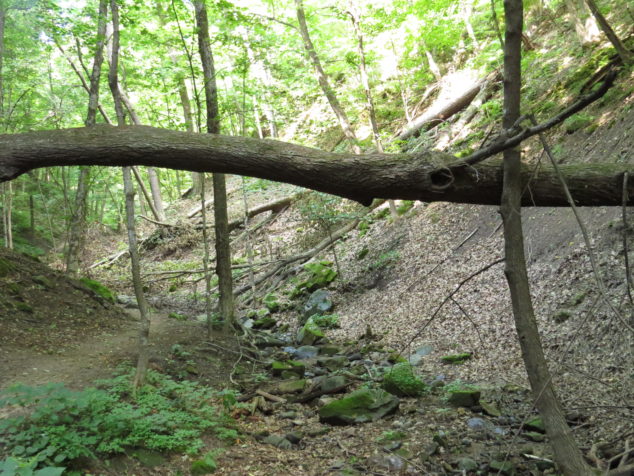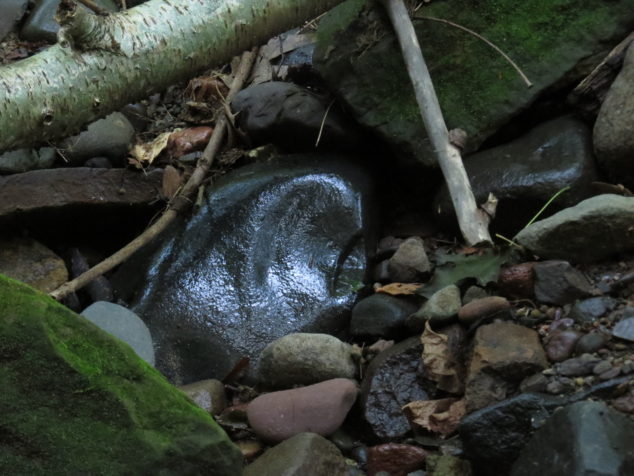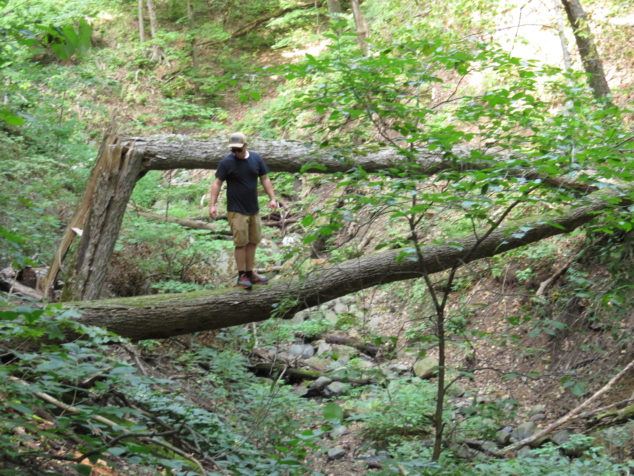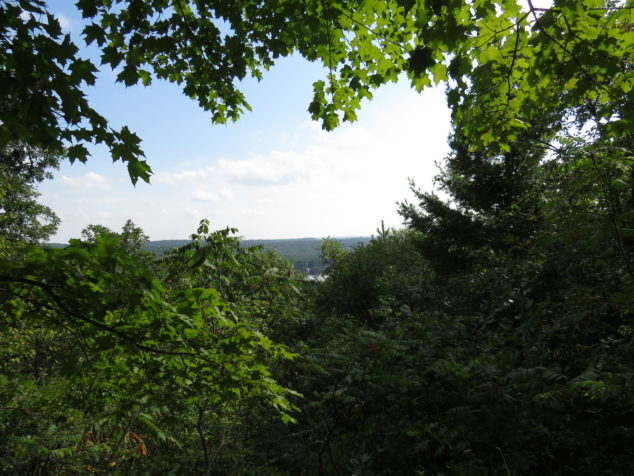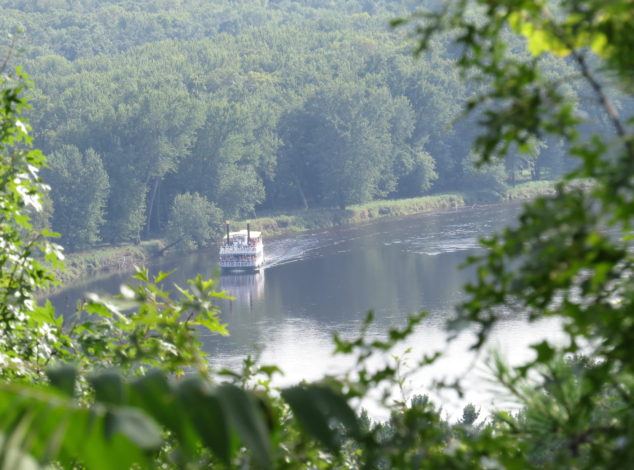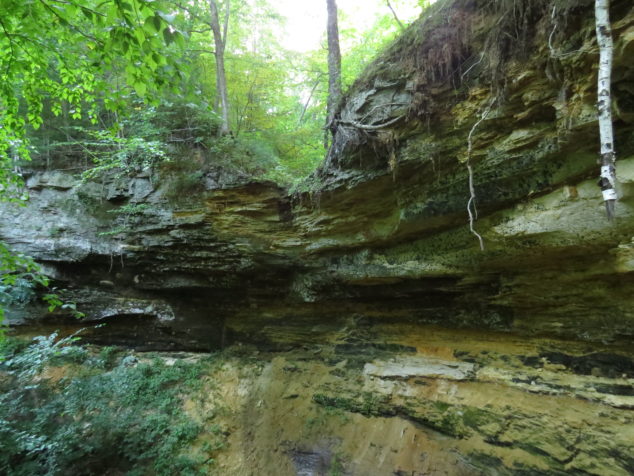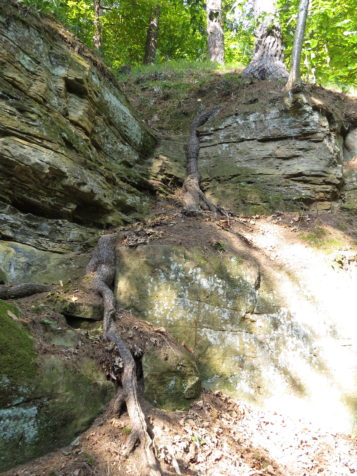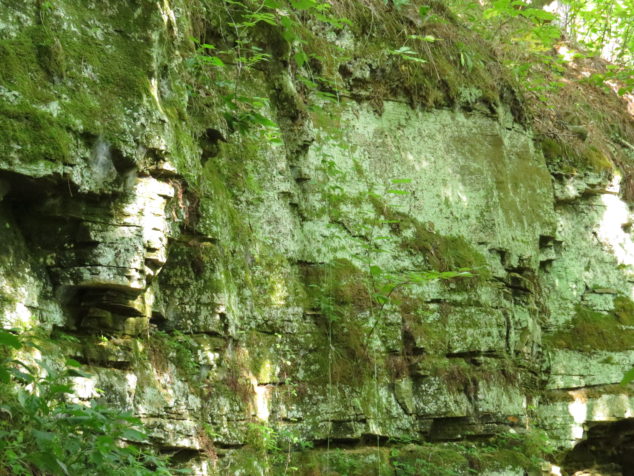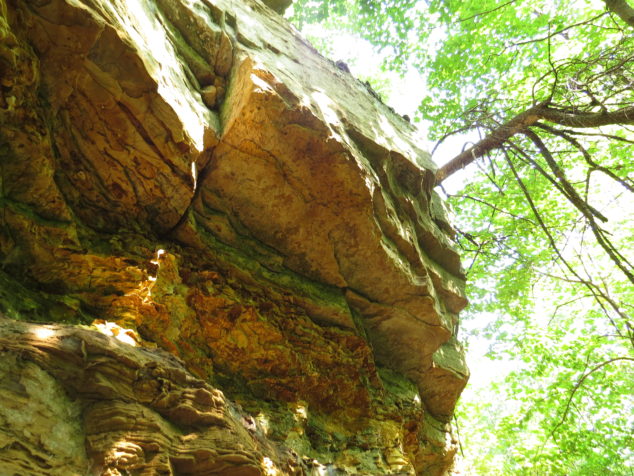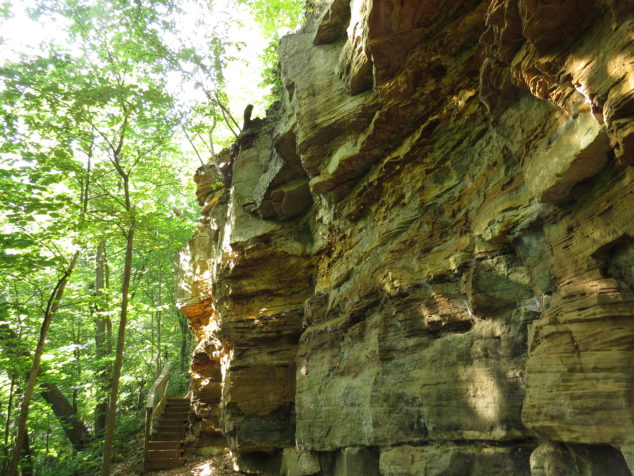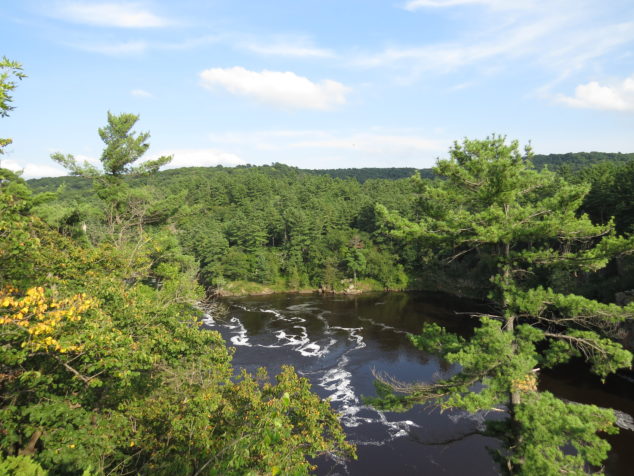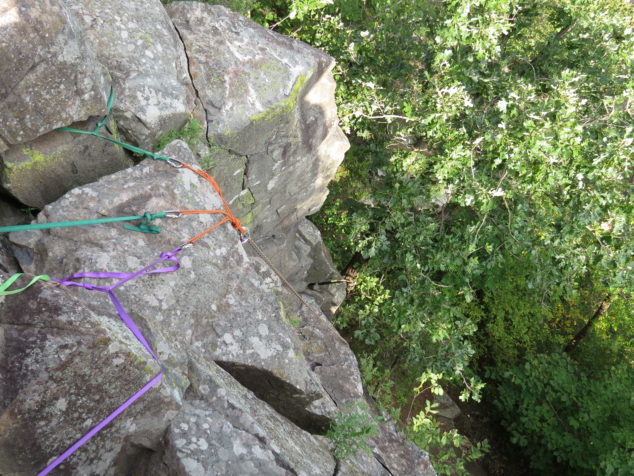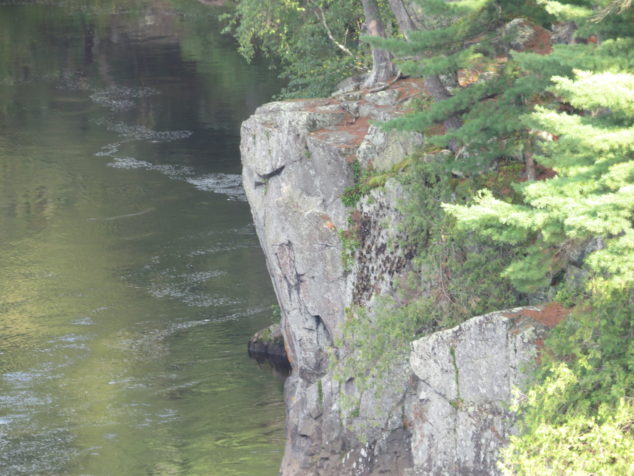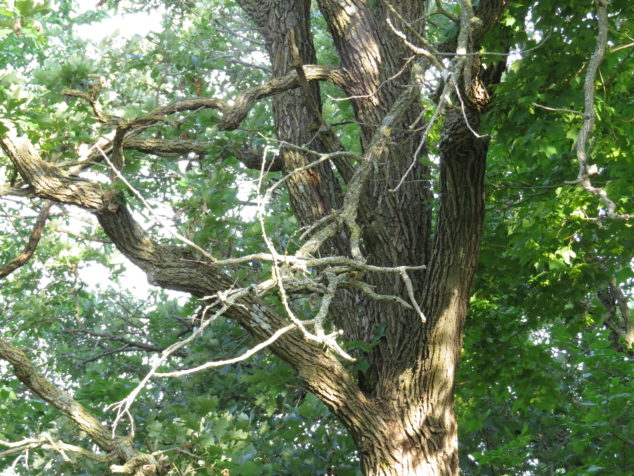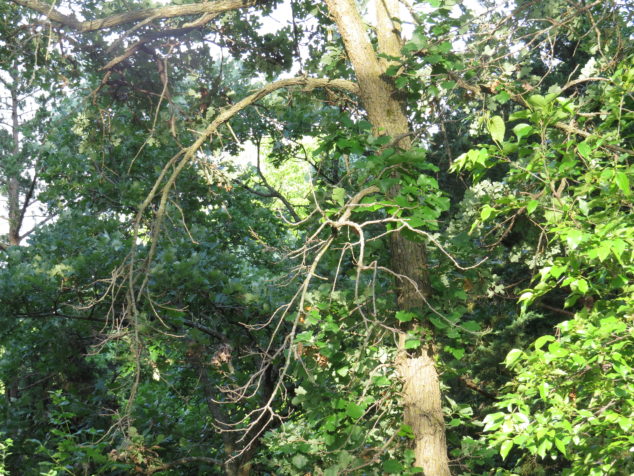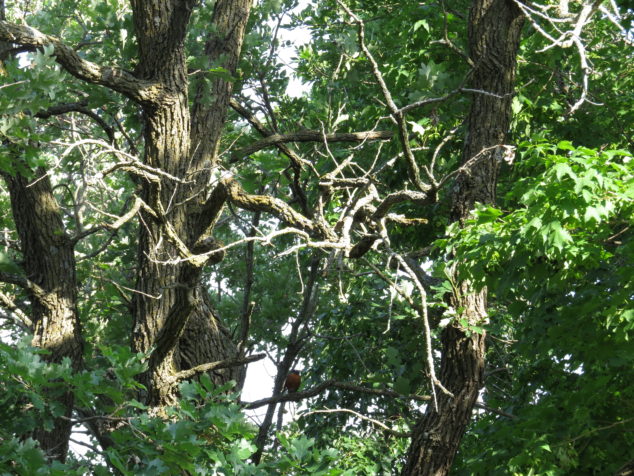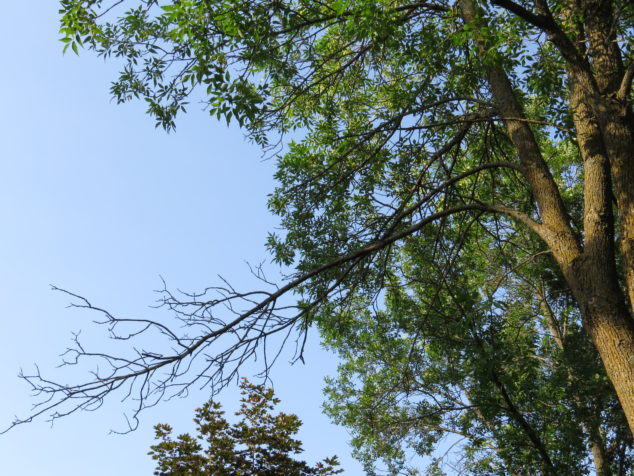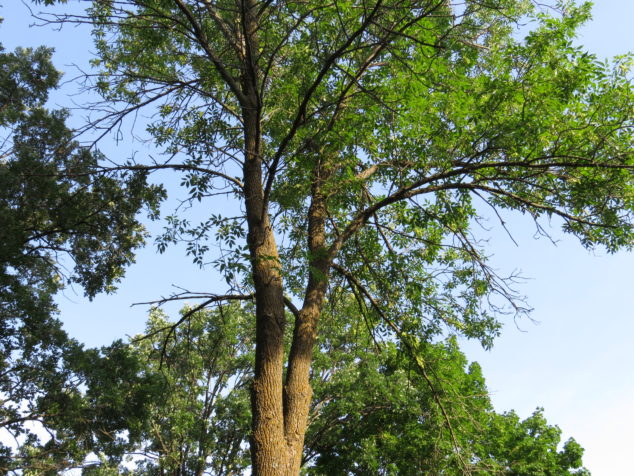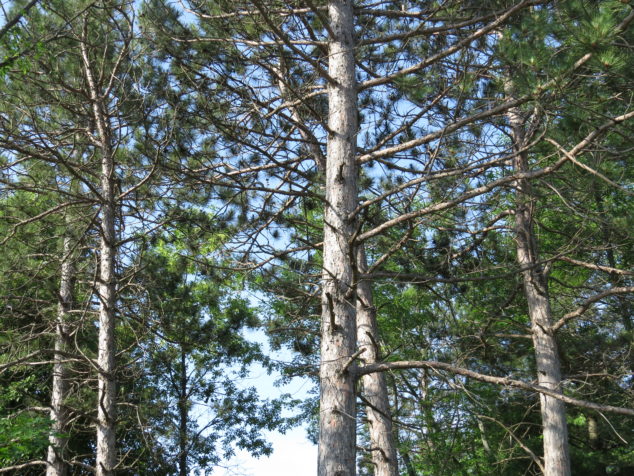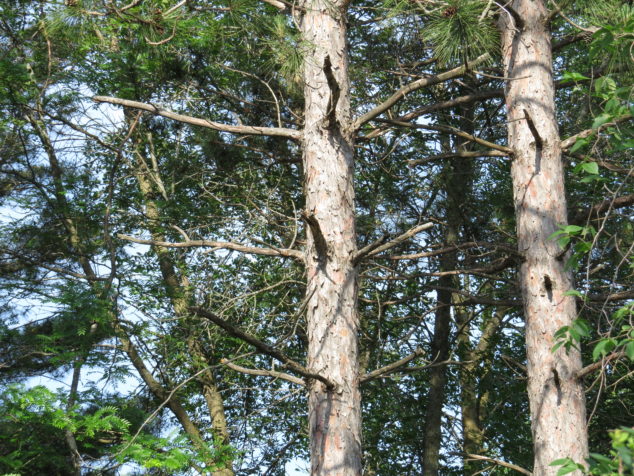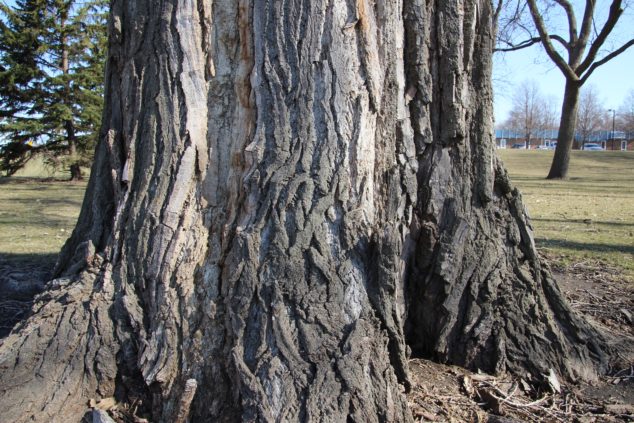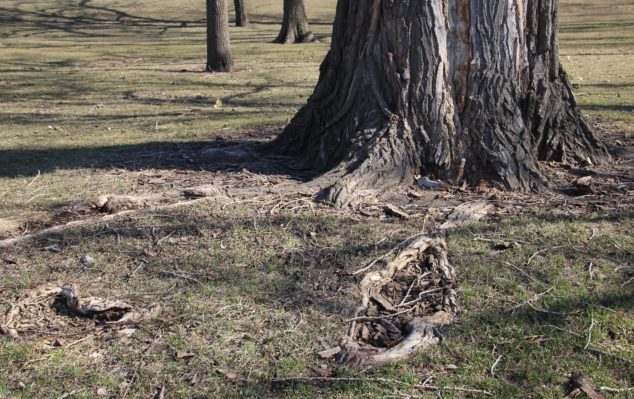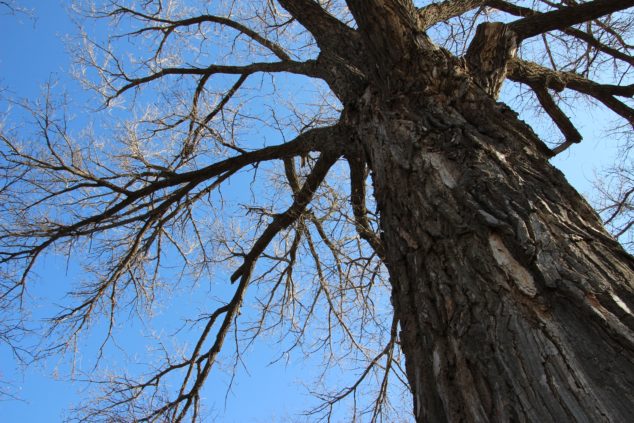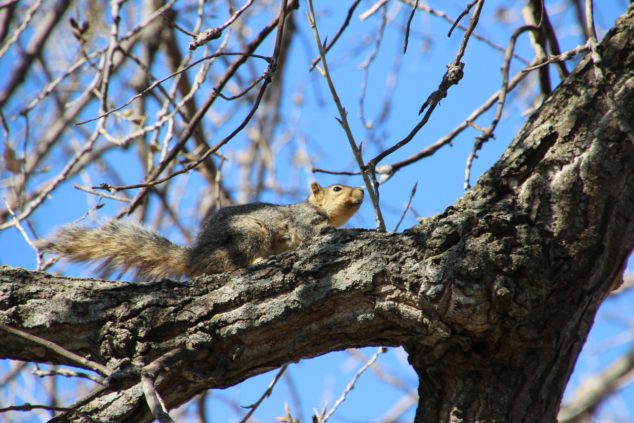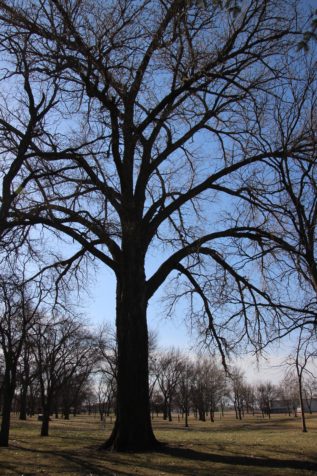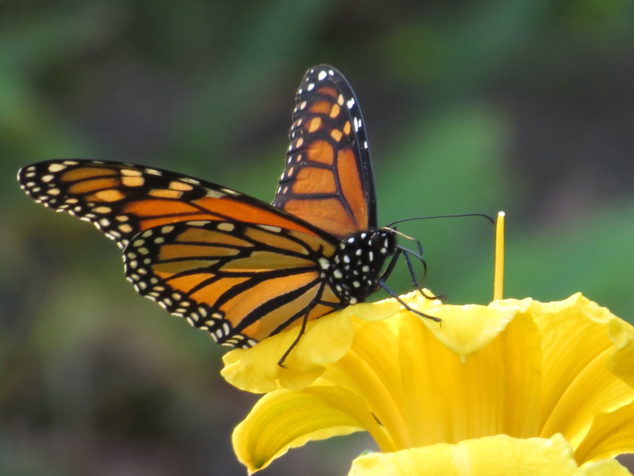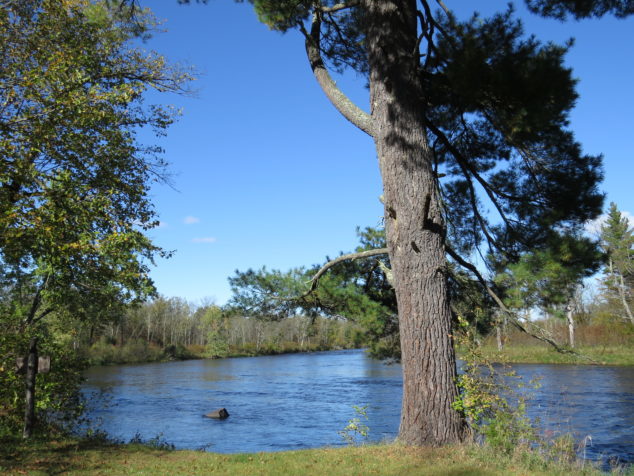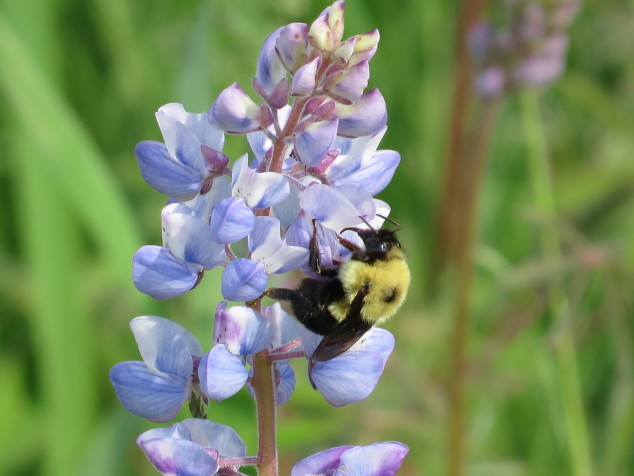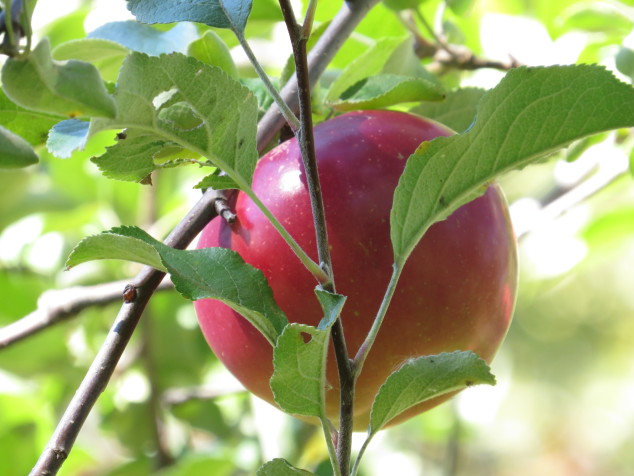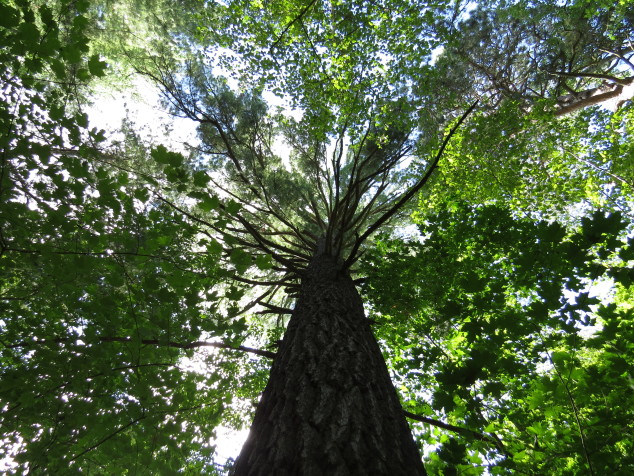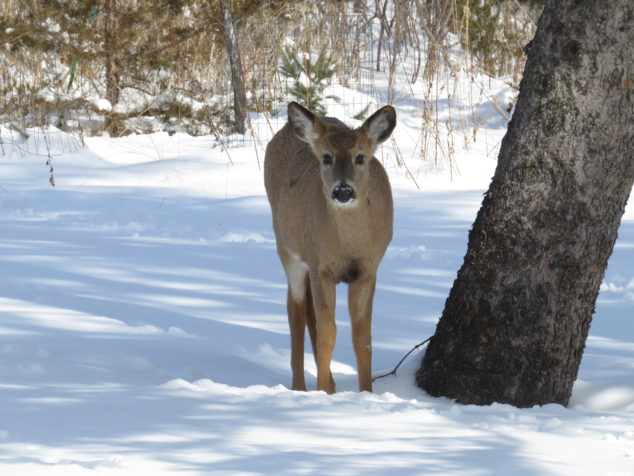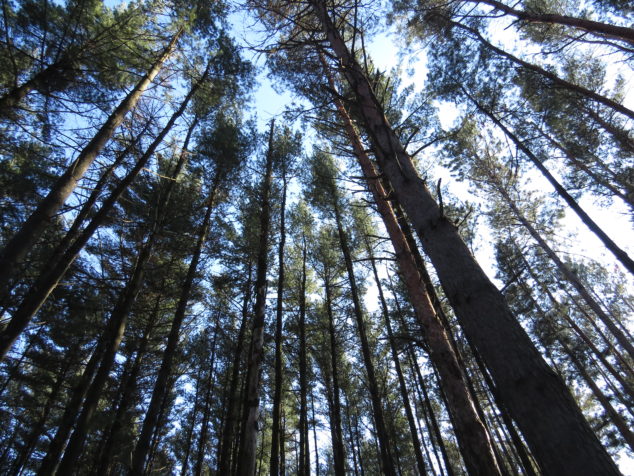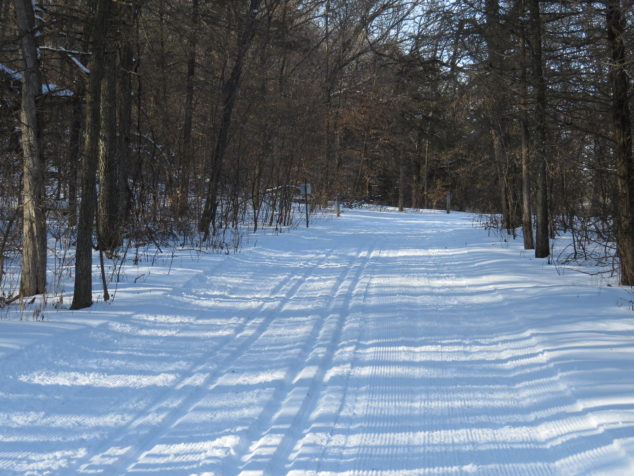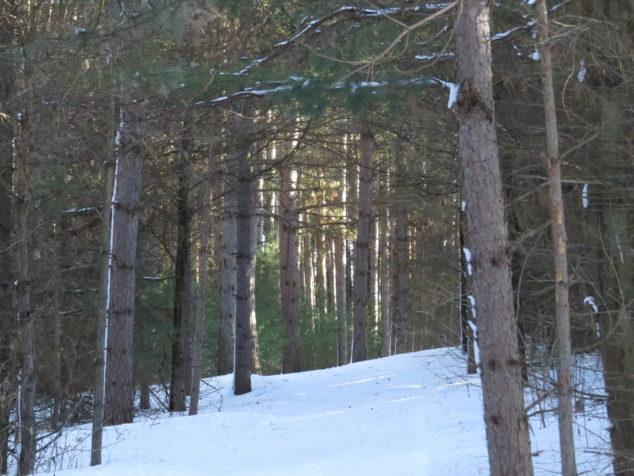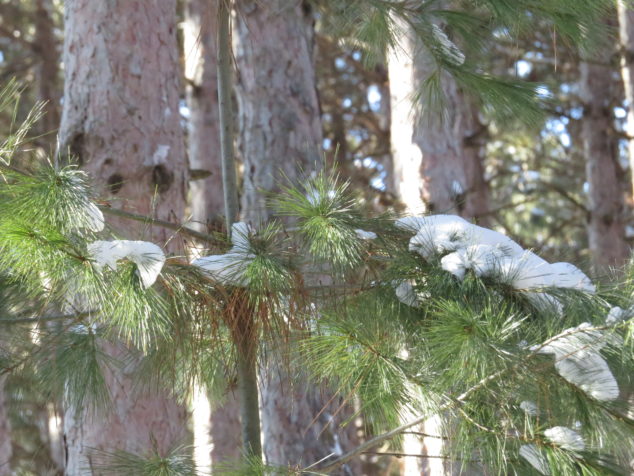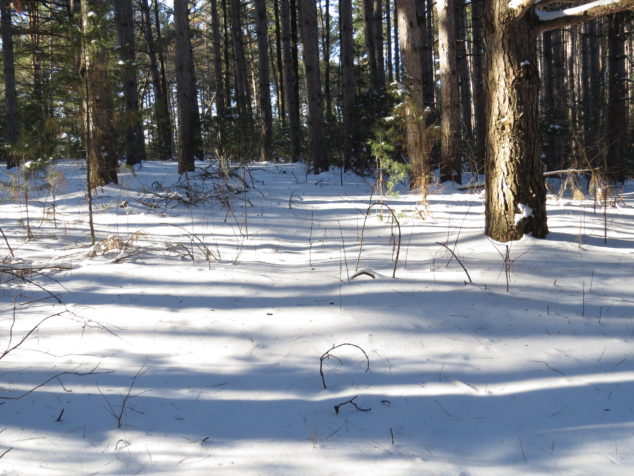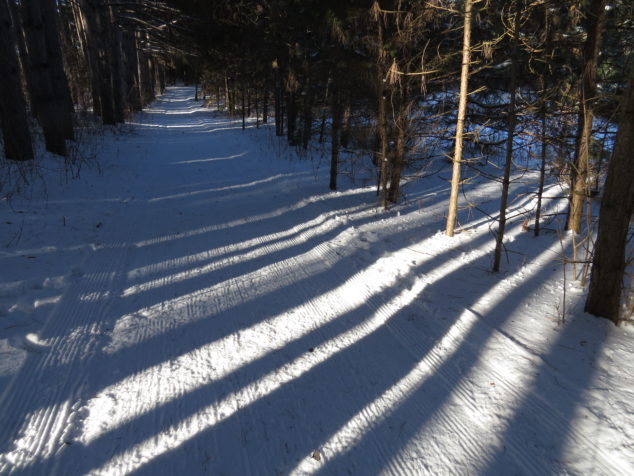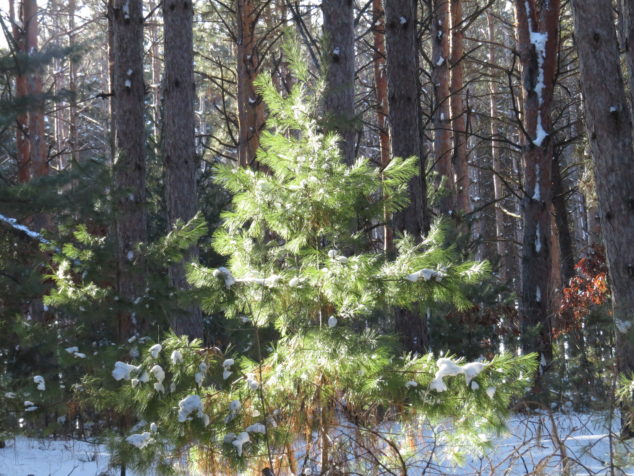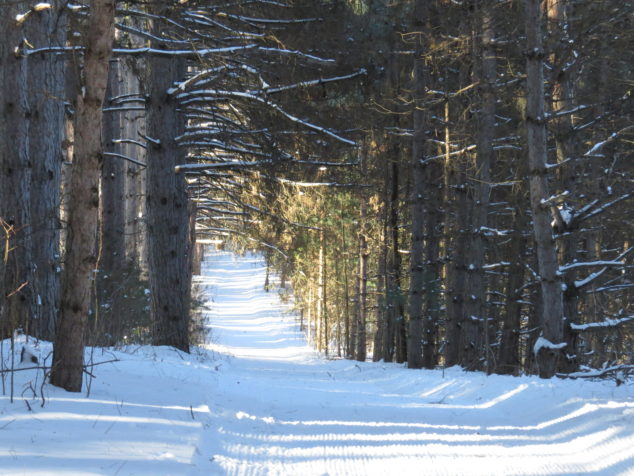During the week, our walks are usually contained by the constraining circle of the high school track as the after-school kids yell and run off some steam at the playground across the street. We walk to talk (or not), to relax, to energize, and at this time of year, to beat the fading light of day. Yesterday, we took to the woods, bursting out of the constraints and noise of the track.
We drove to Sibley State Park to hike Mt. Tom trail and to immerse ourselves in the forest. For months we have ‘been in the trees,’ so to speak, not knowing where we were or where we were going, no map to show us the way. We were living face to face with a distressful reality that held us by the chin and forced us to look into its eyes. With every ounce of my being, I have wanted to turn away.
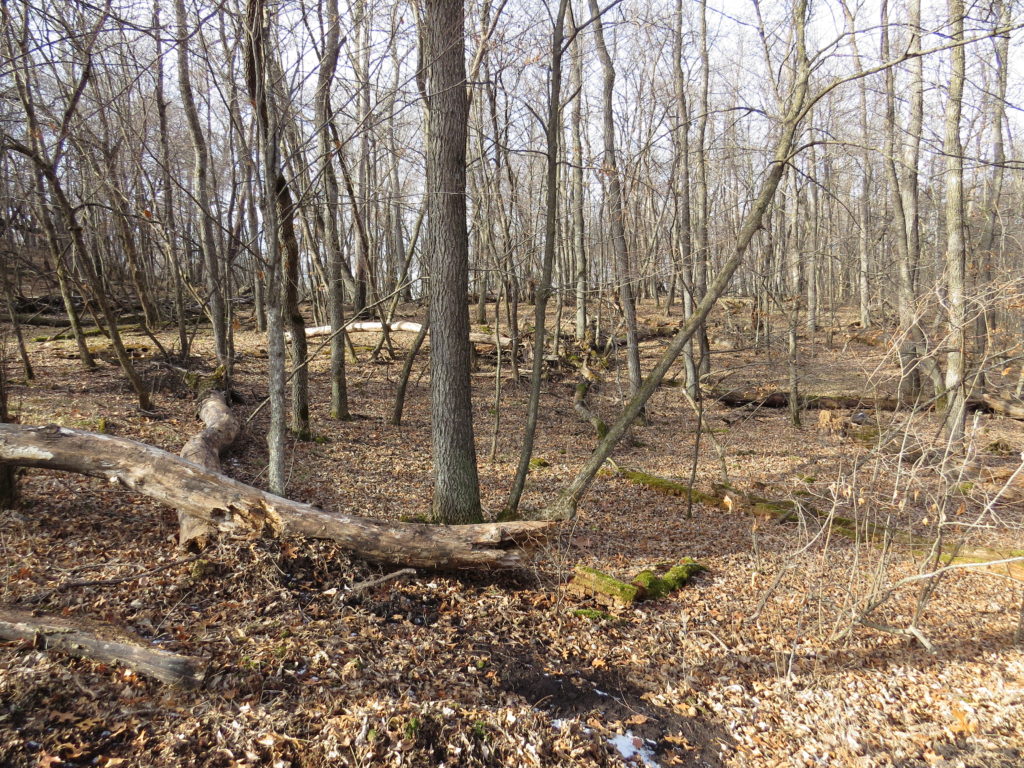
But I looked, and I saw our stuck-ness and wondered how in the world we ended up in this position.
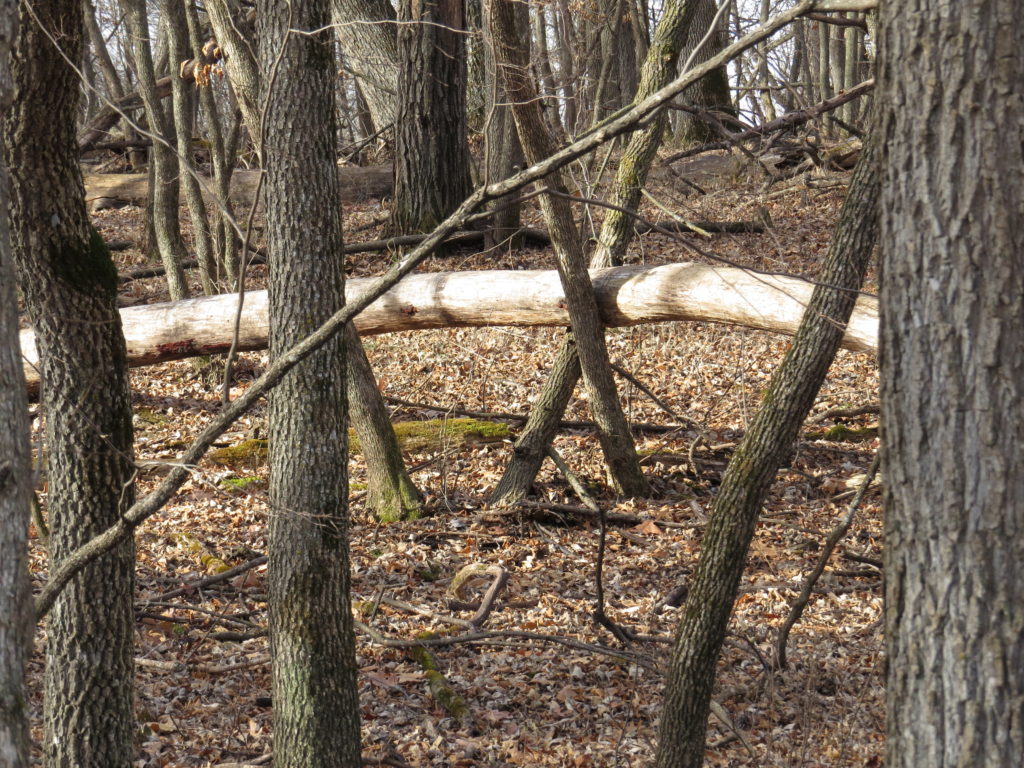
I saw splitting of some of our good, strong ties that should not have been severed.
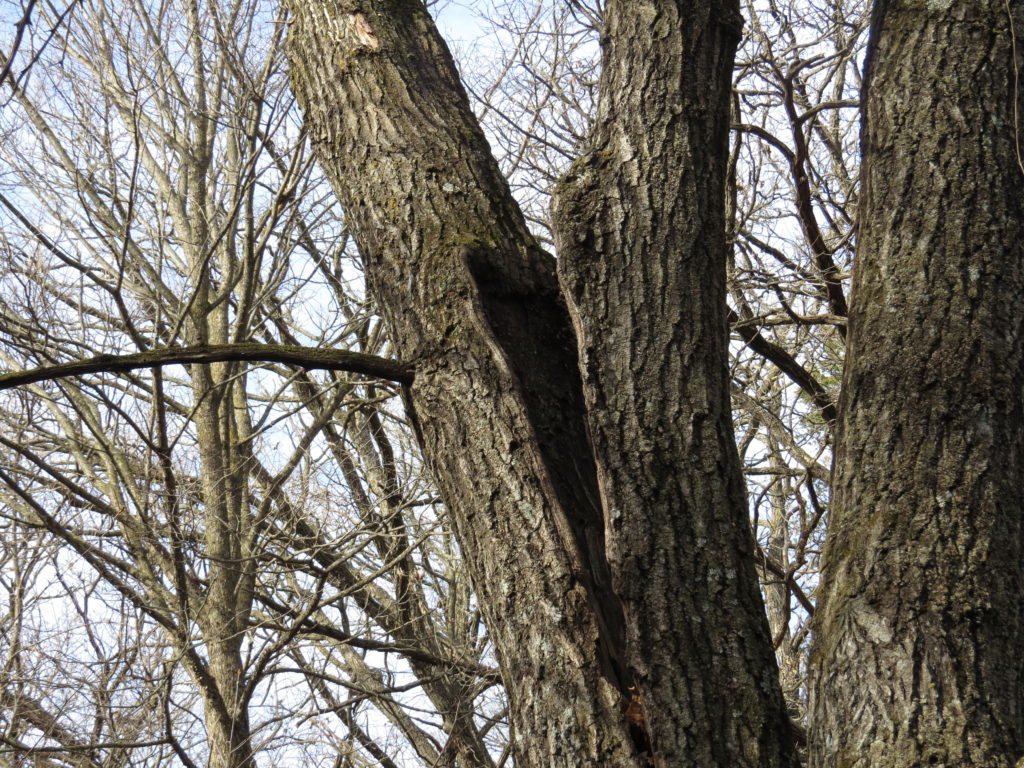
I saw growth and invasion, like the bully Buckthorn. How do you fight it? How do you stop it from taking over?
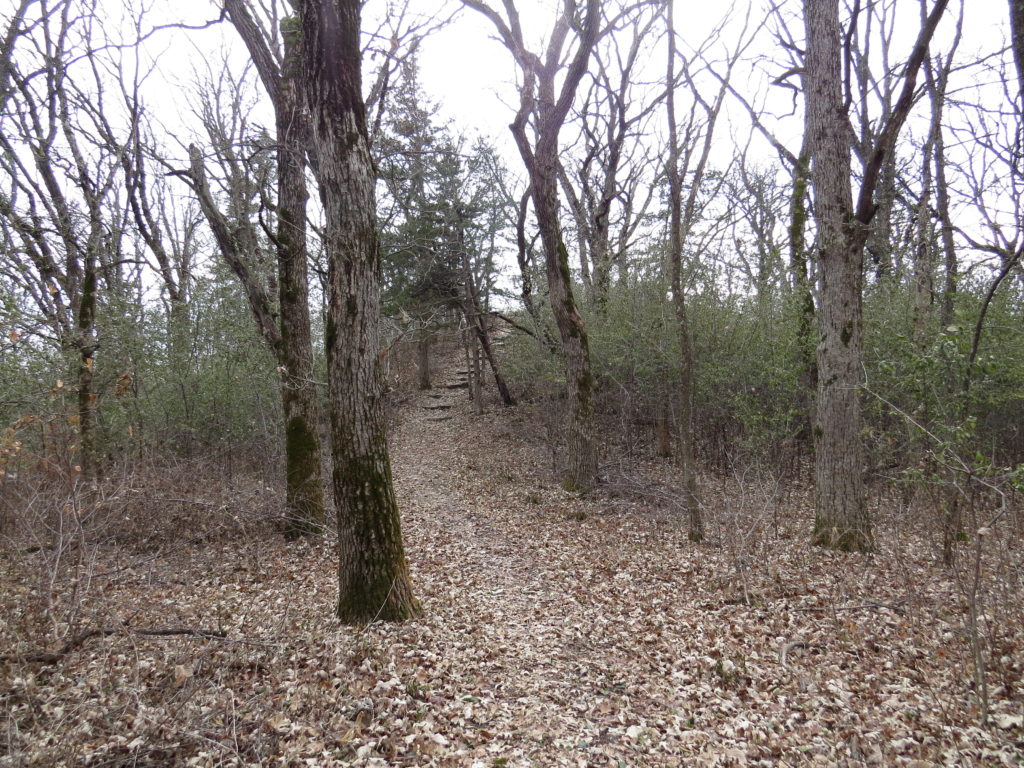
I saw the charred remains of a randomly zapped member of the community, and wondered how we could have lost a brother.
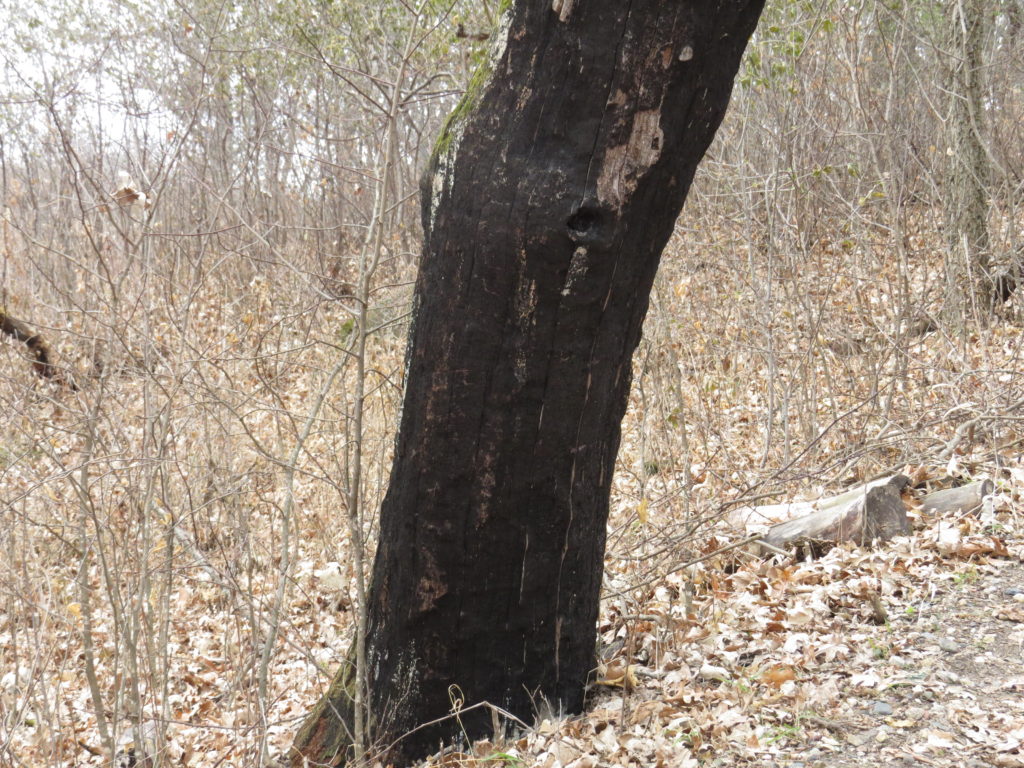
More stuck-ness, more fracture, more protections falling away.
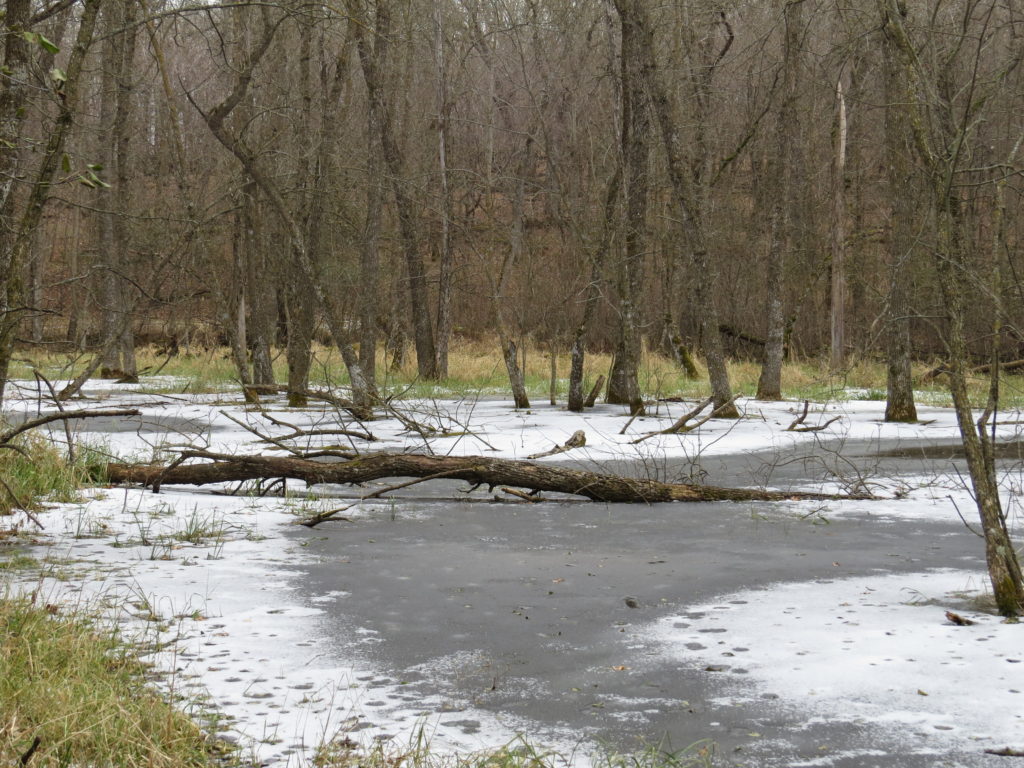
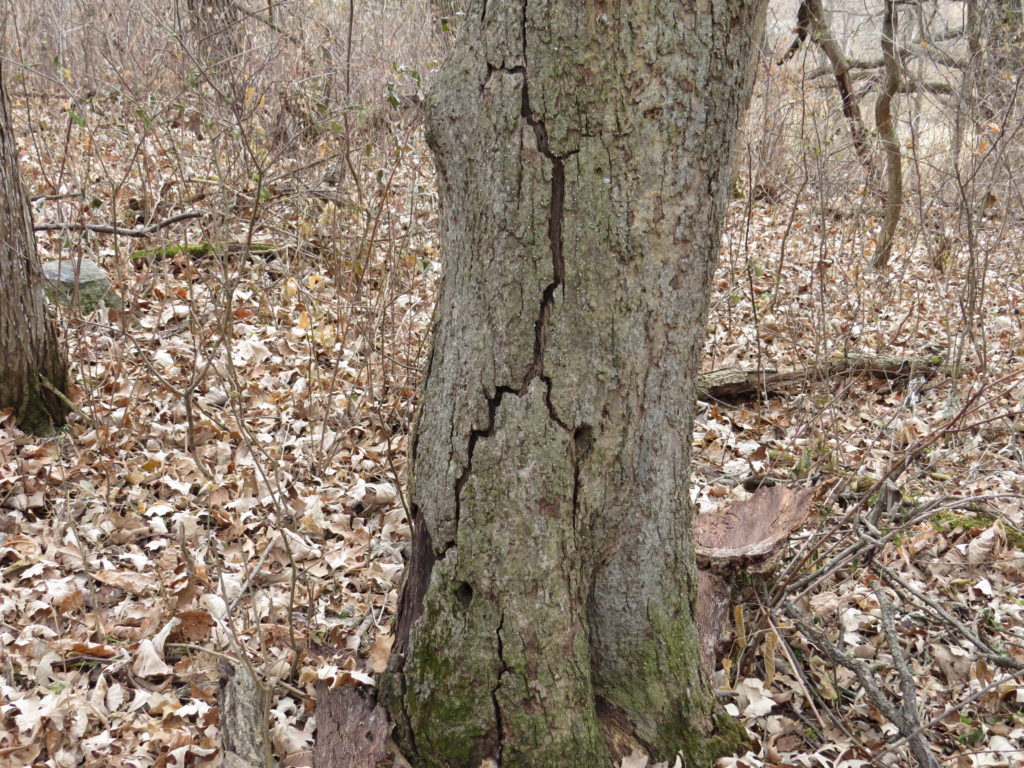
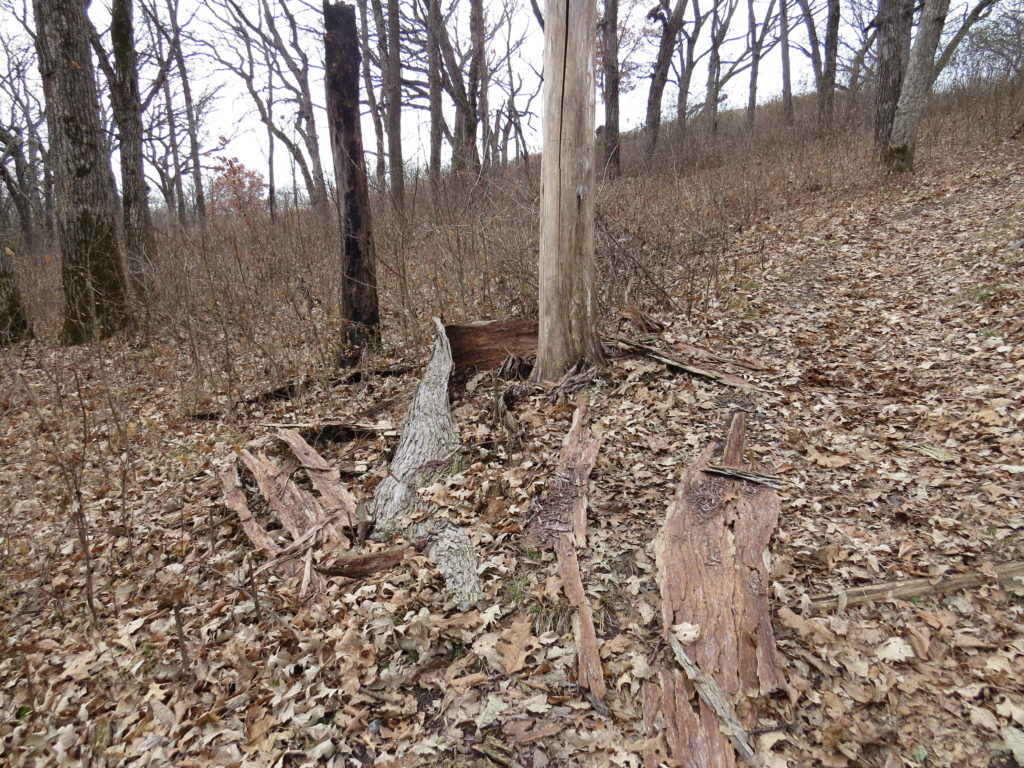
Now what?
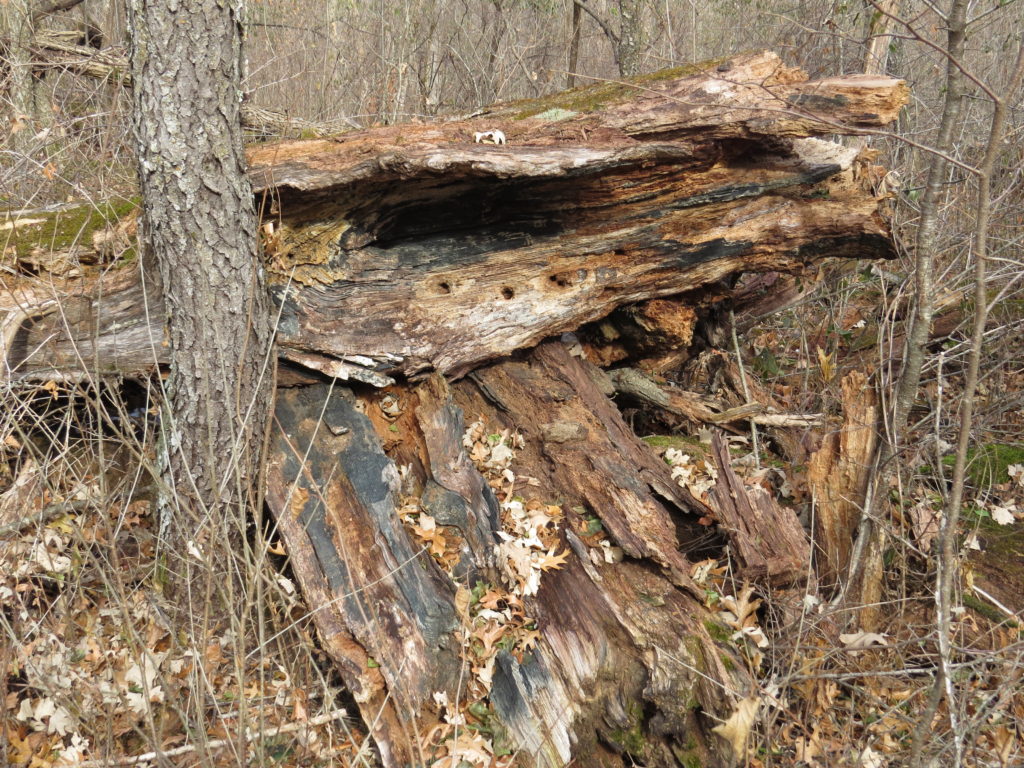
We climbed to the top of Mt. Tom, one of the highest points within a 50-mile radius. I began to see the trees as a group, a large gray group made up of all those individual trees.
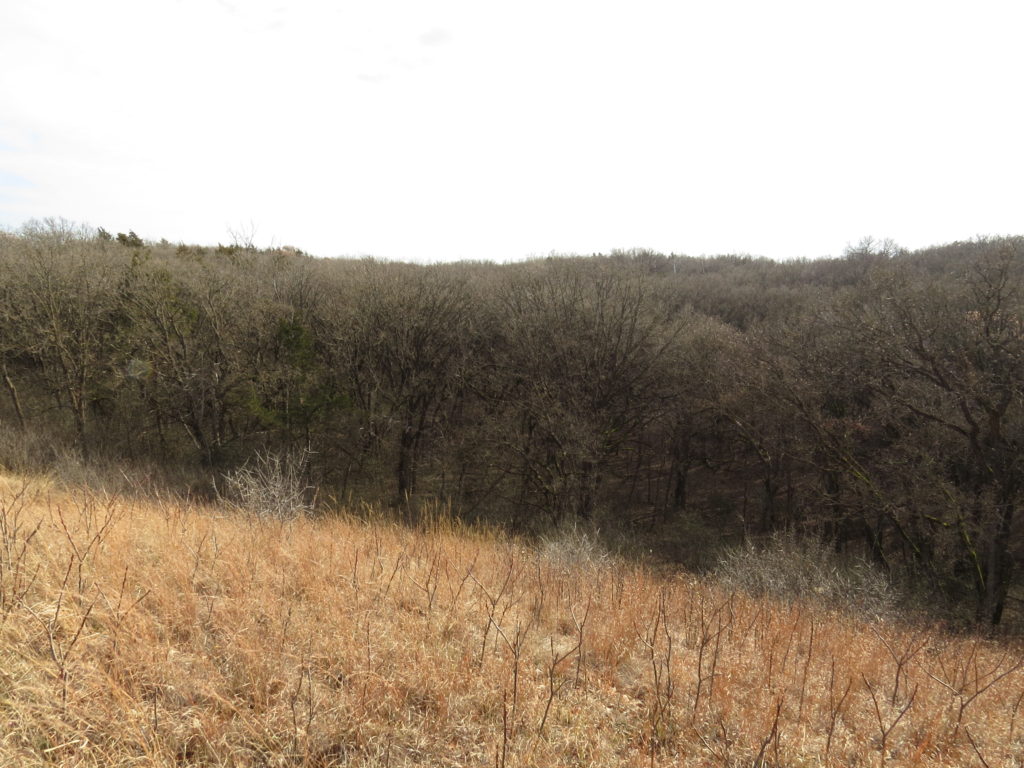
At the top of the lookout, I could see the whole forest, in all directions. The Red Oaks still held their rusty-orange canopy of leaves. The tall Cedars anchored the gray woods with their evergreen branches. The sturdy Oaks, Maples, and Basswoods, even without their leaves, made a foundation of strength and goodness. And the Birch trees, with their snowy white bark, lit up the grayness.
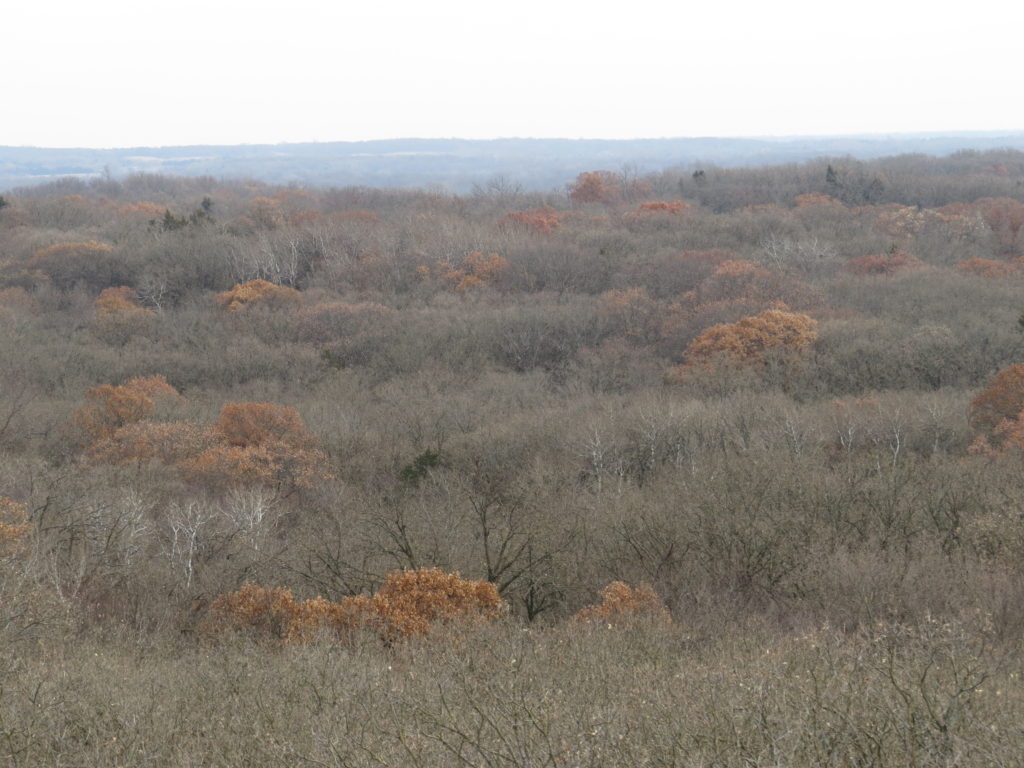
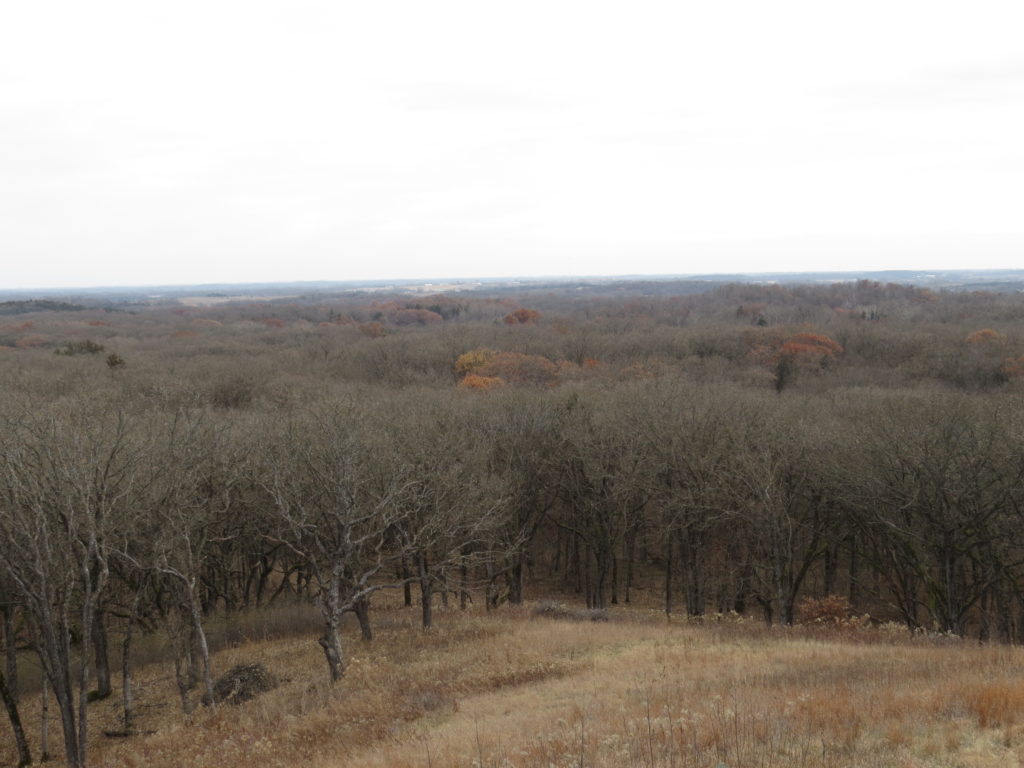
We returned to the exquisite quiet of the forest. We heard rustling of dried leaves and creaking of wood against wood in the treetops, like a forest lullaby. The bareness of the trees and the carpet of leaves allowed us to see the lay of the land, to see beyond any one tree that captured our attention.
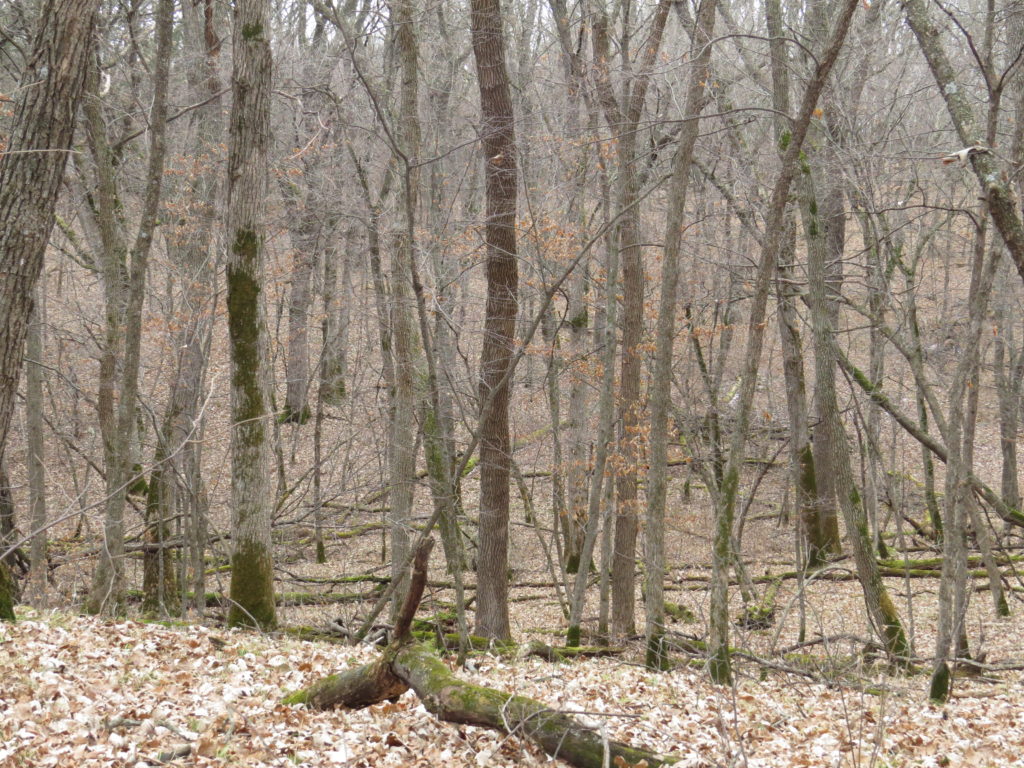
I saw different things in different ways—a home of sticks high in a tree…
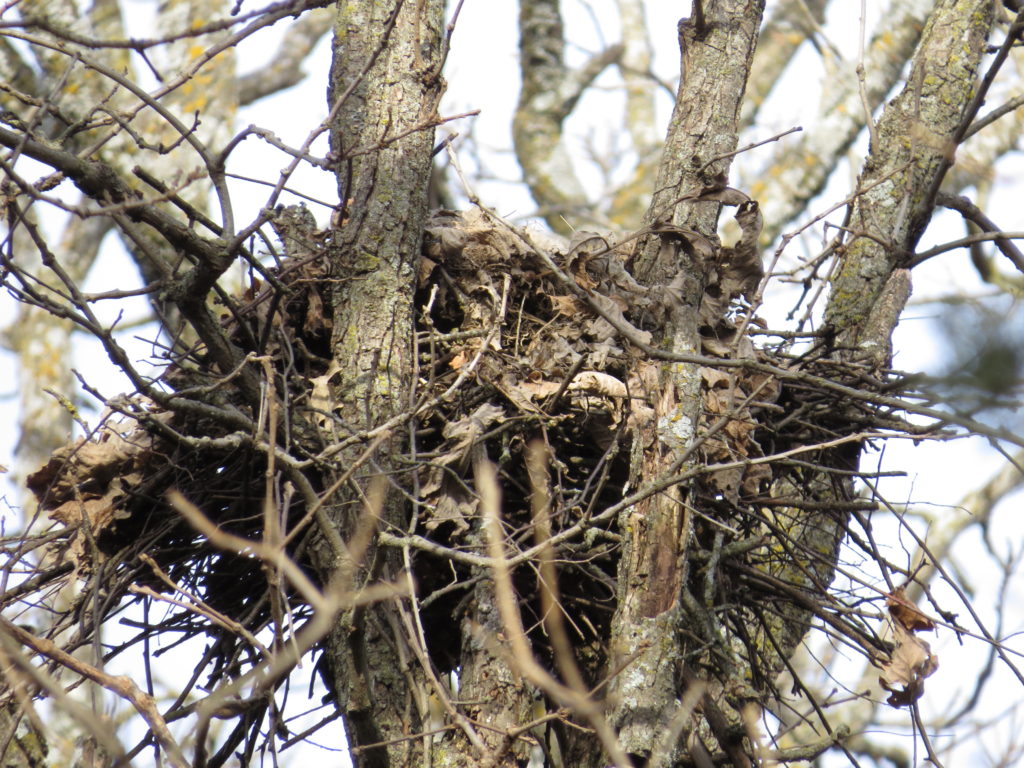
…a tipped-over, moss-covered Cedar that for some reason reminded me of Christmas…
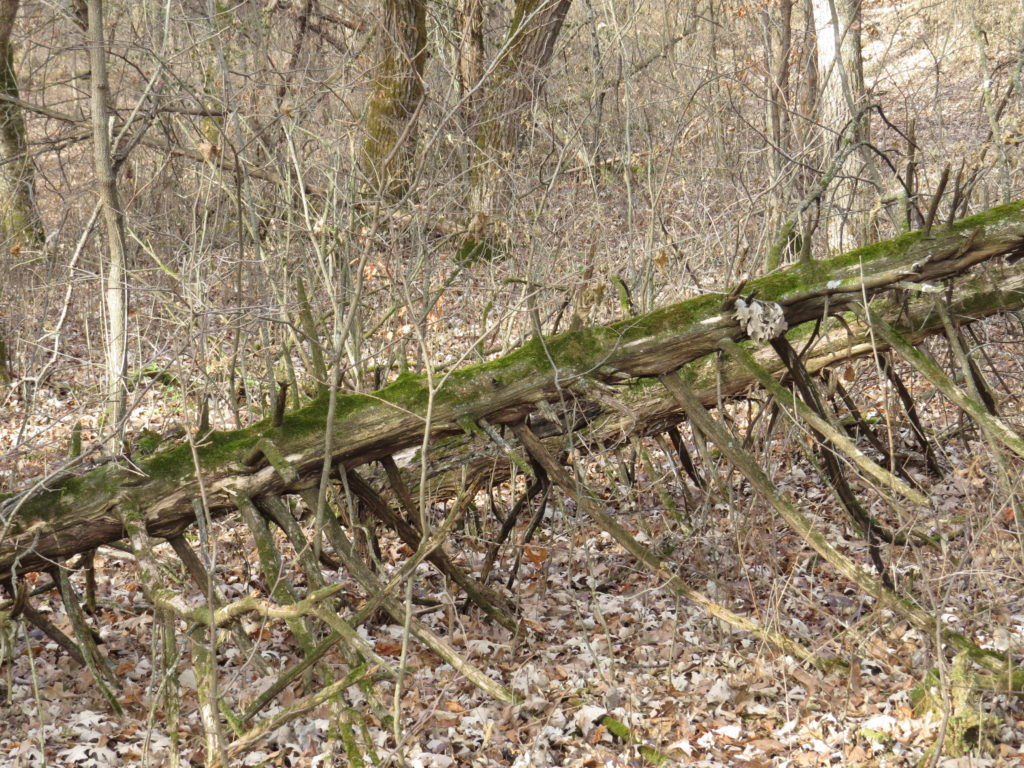
…a fallen tree that had been ‘caught’ by its close friend, halting the free fall and scraping slide…
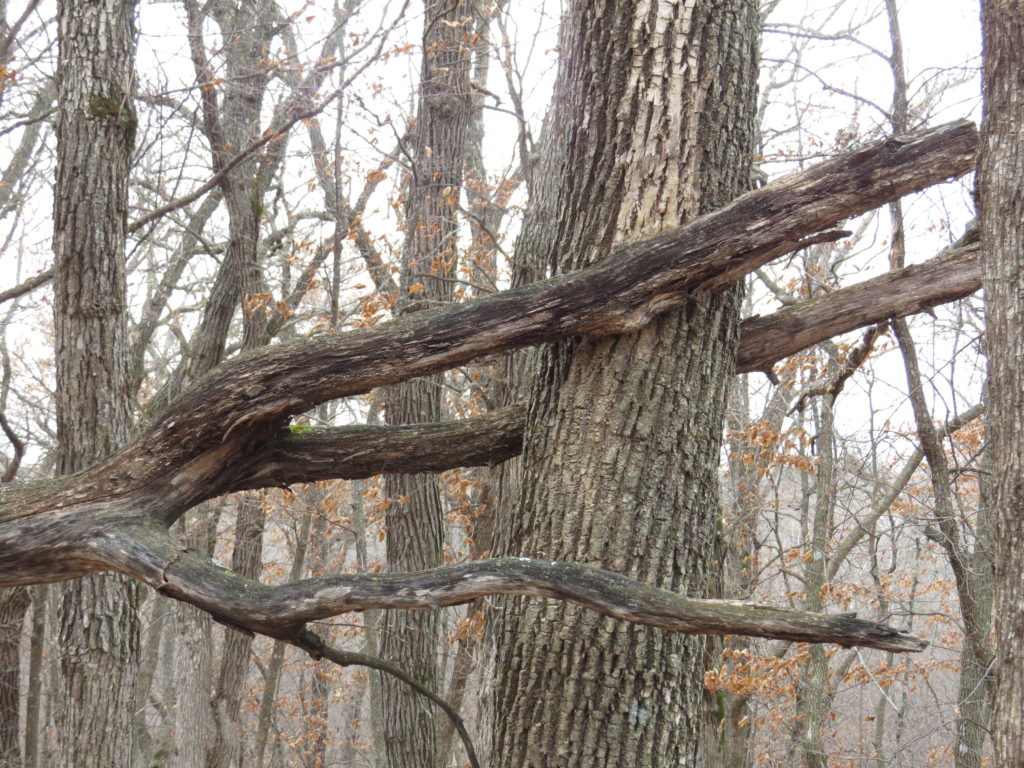
…a beautiful Cedar tree enveloped and held by the reaching branches of the Oaks…
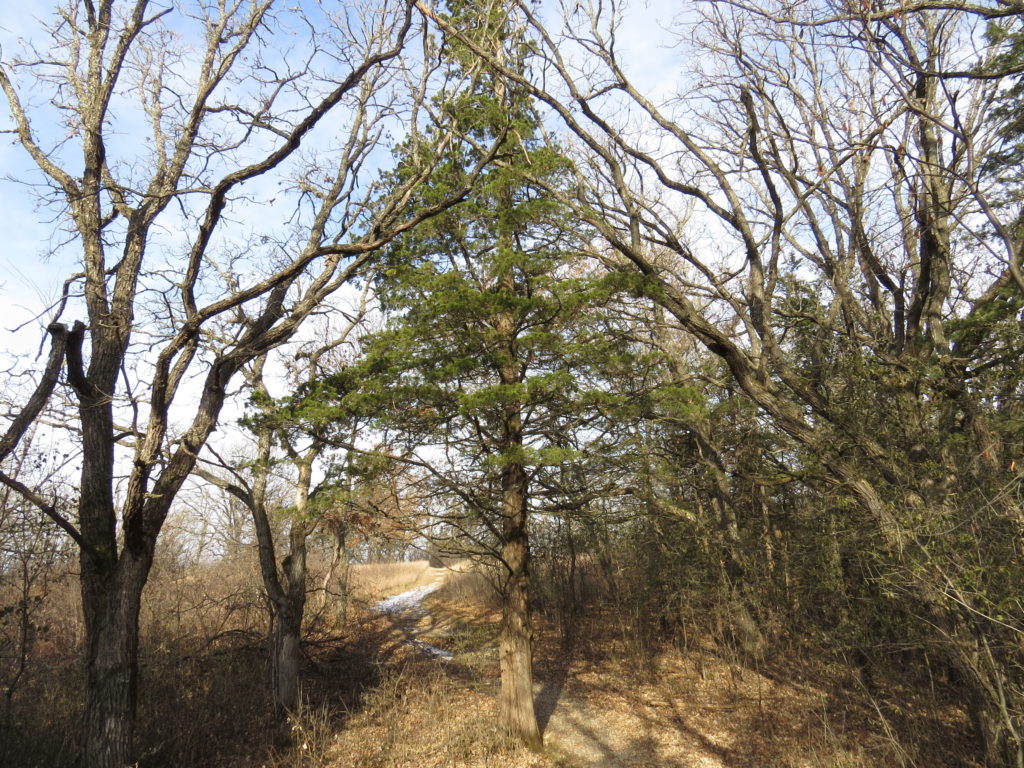
…and a magical, mystical highway of moss that shone on the branches of some ancient Oak trees.
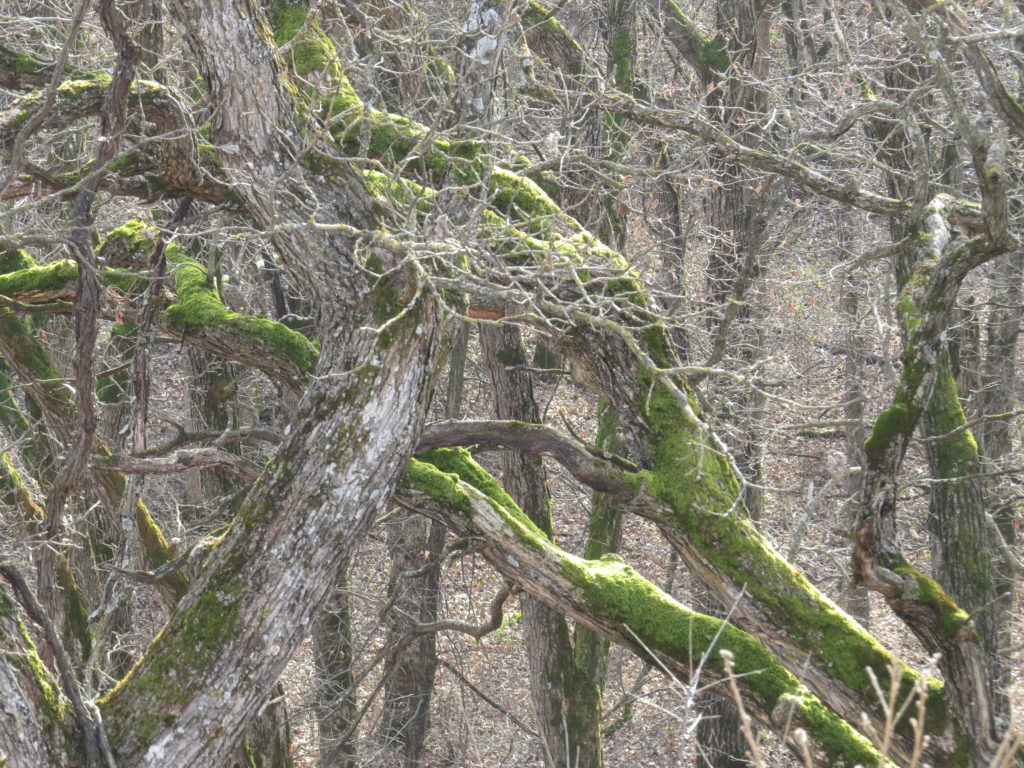
It’s inevitable that we get lost and stuck in the trees at times. It is the nature of Life. The forest and the trees, the big picture and the day-to-day challenges, the long view and the just-get-through-the-day are the dichotomies we meet, look in the face, and live with at any given time in our lives. Sometimes we have to bare it down, pare it down, in order to ‘see’ what we need to see. Even when we want to look away. Even when we desperately want it to be different. It is a both/and world, not an either/or. We can’t ignore the burned, fallen, dying, split, bullying aspects of our life anymore than we can the comforts, joys, goodness, and beauty. They all work together in our magical, mystical, shining lives—we the trees of the forest.
